Received a new toy a couple days ago.
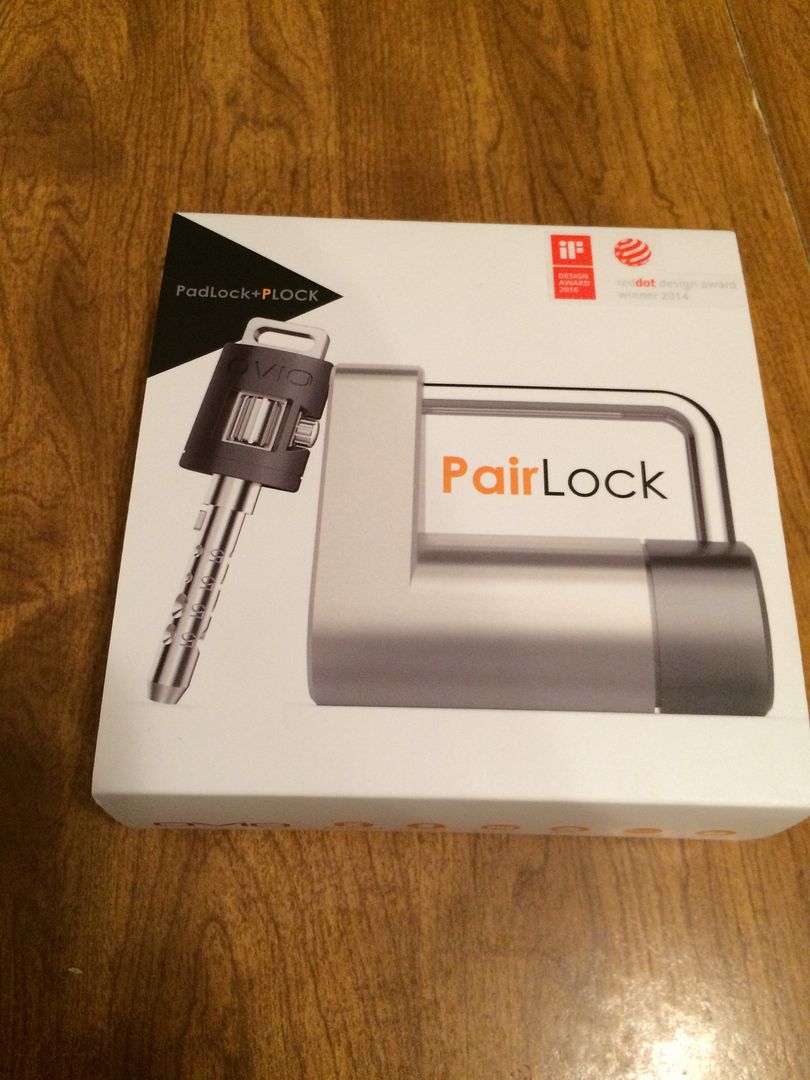
It is the Ovio PairLock. Someone posted a link somewhere, and I came across it. It was a crowd-funding thing, and decided to take the risk. Well, the risk has now paid off after months of waiting. The idea of this lock is that you can ‘rekey your own locks’.
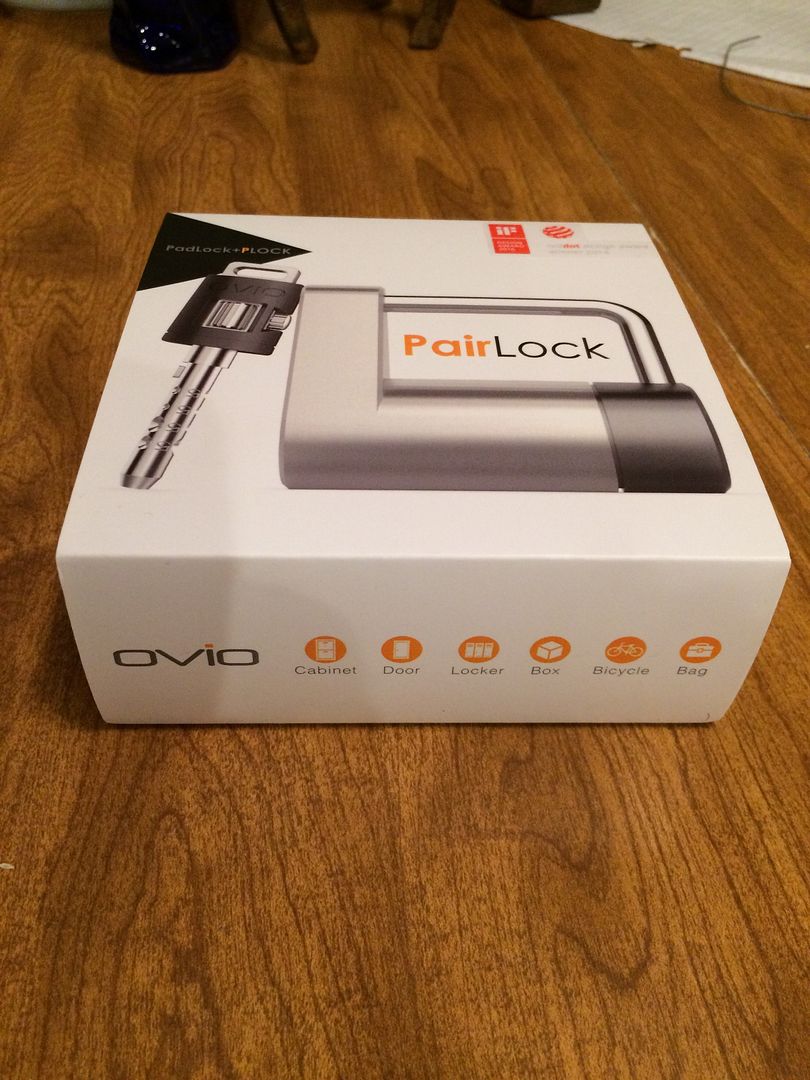
Well, let’s open the box, shall we?
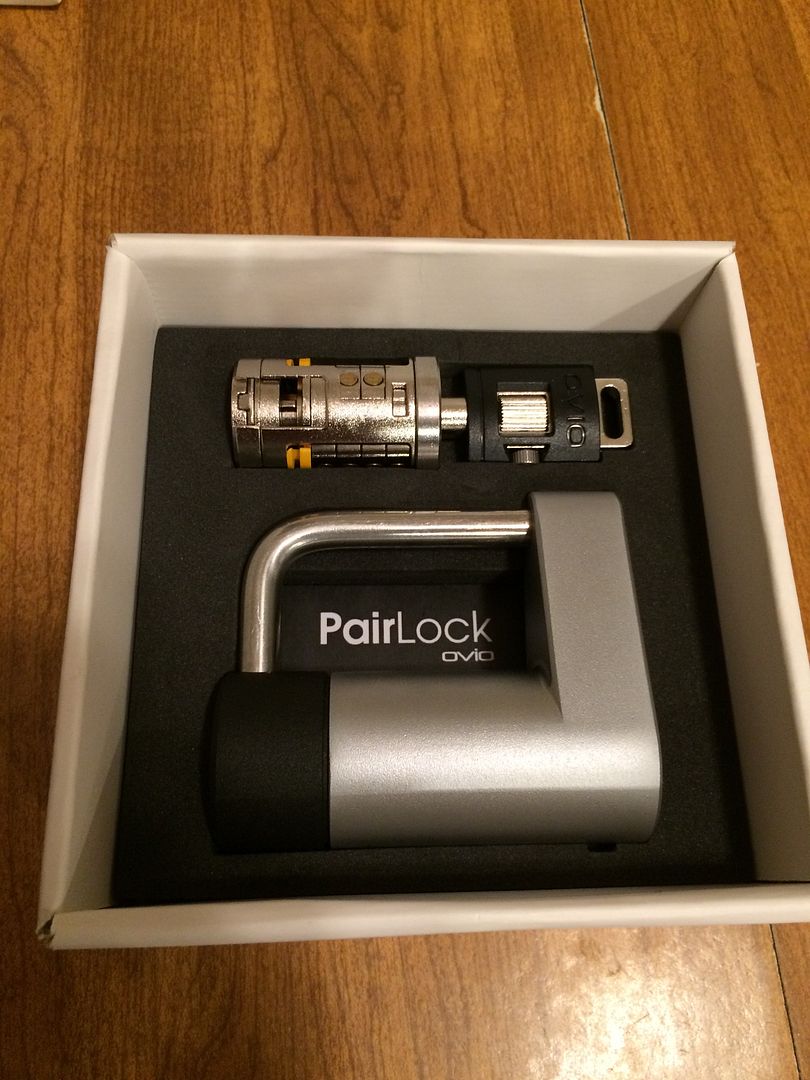
Here is the padlock body. These will also be available as deadbolts, which I will receive when the tooling and production is completed.
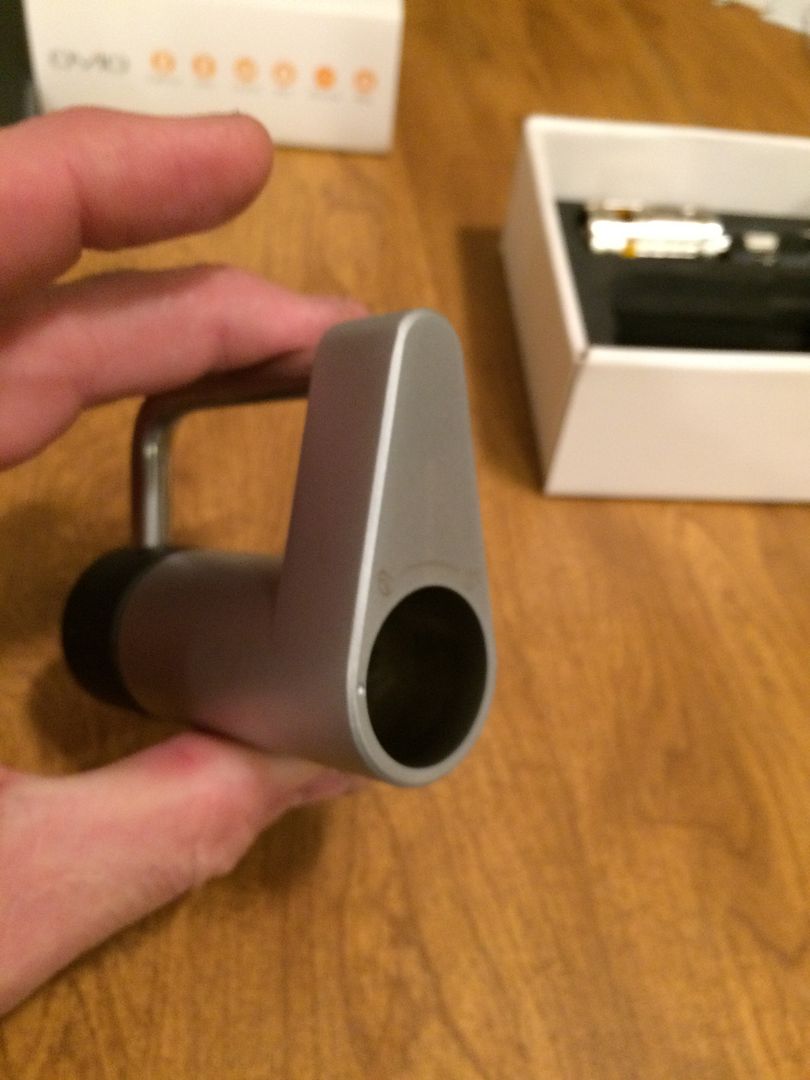
Looking into the space where the lock core (what they call the PairLock) will fit. You can see in the middle the part the lock core tailpiece will match with when assembling.
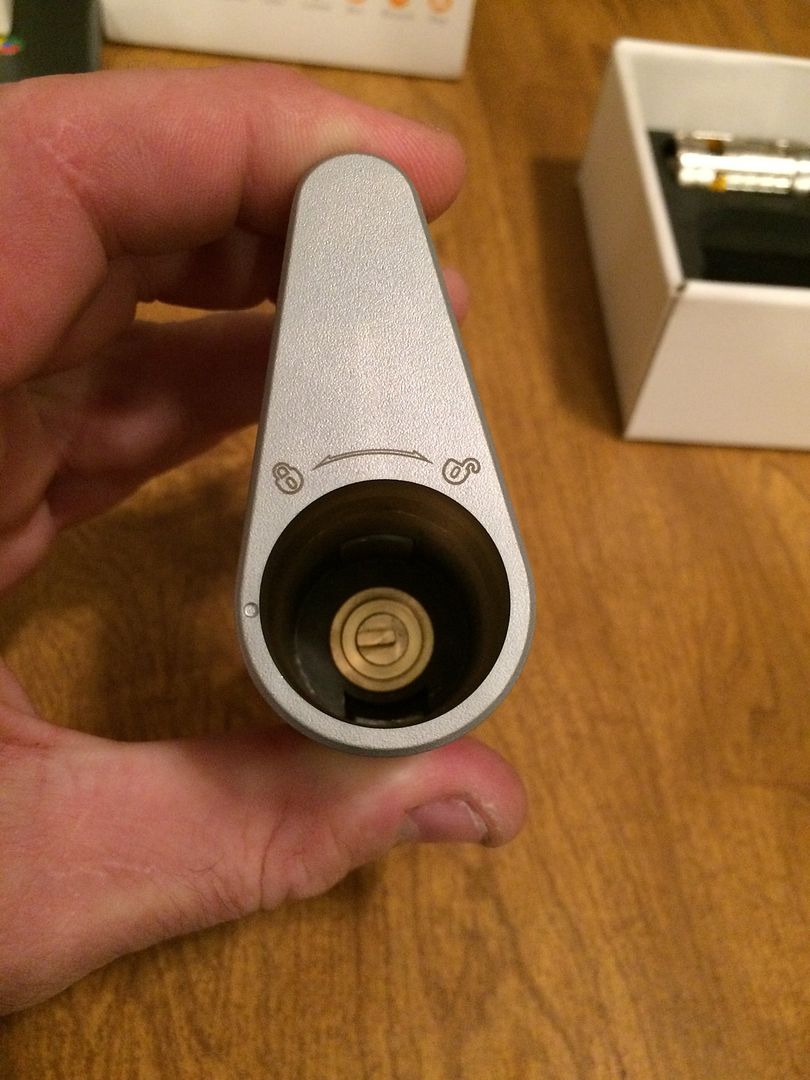
The four different sides of the lock core.
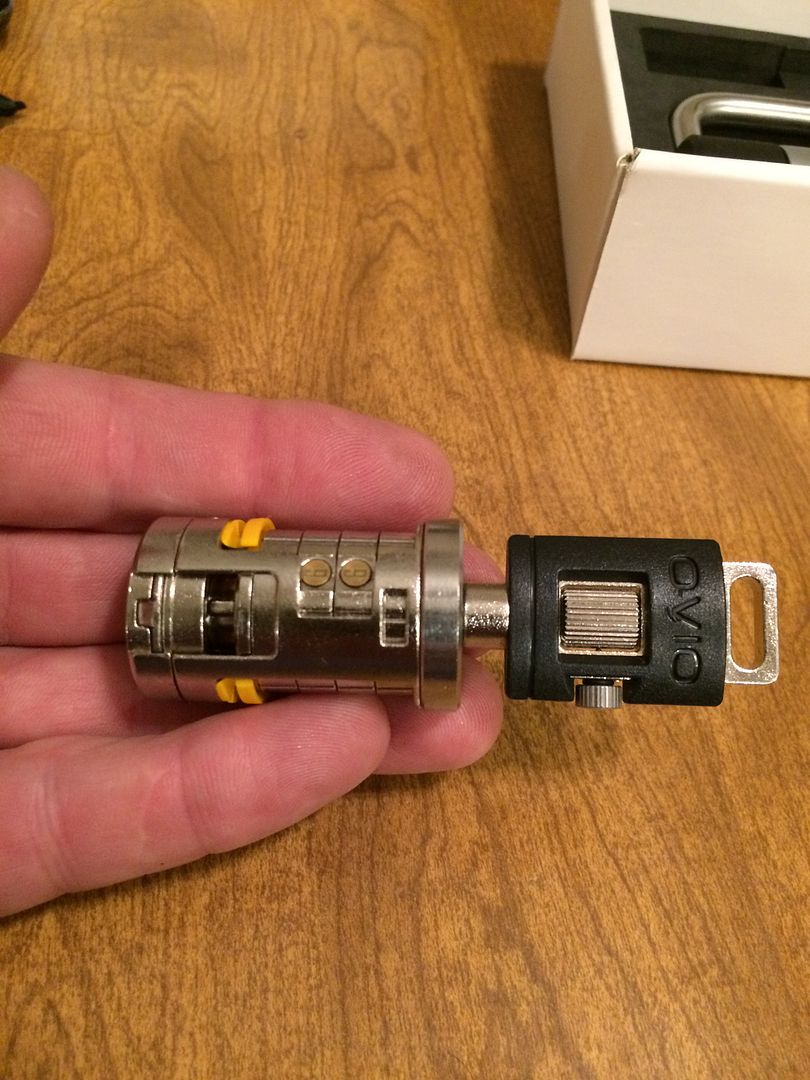
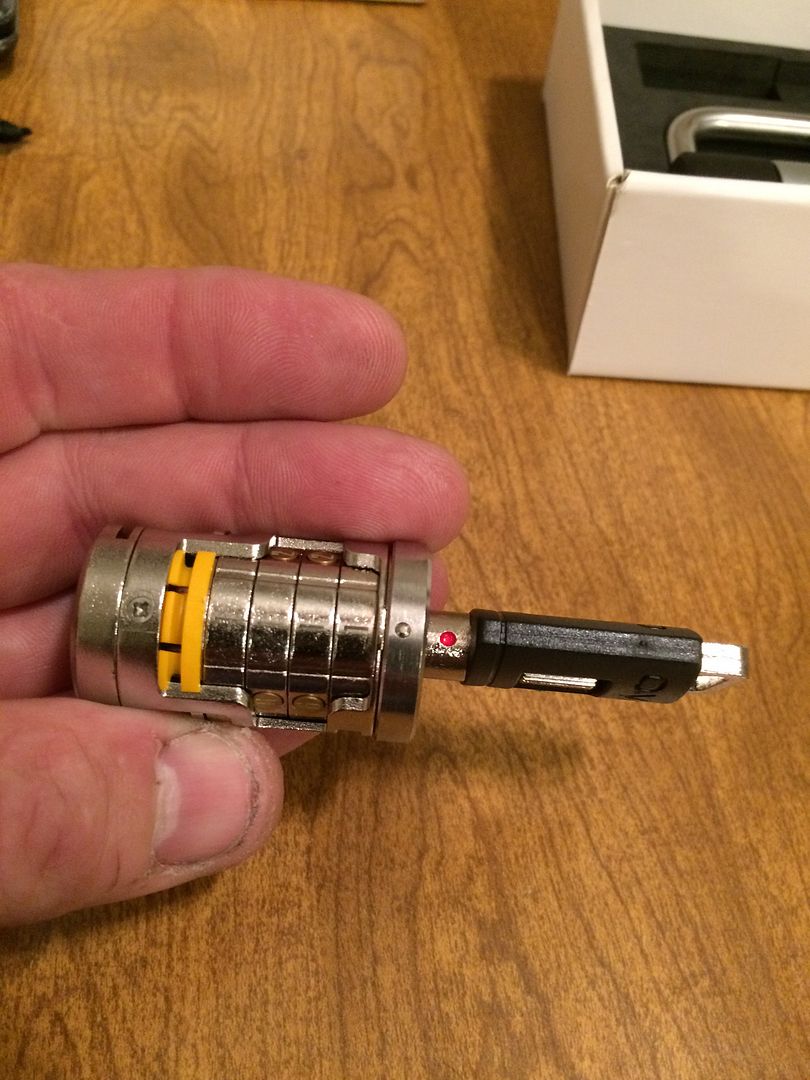
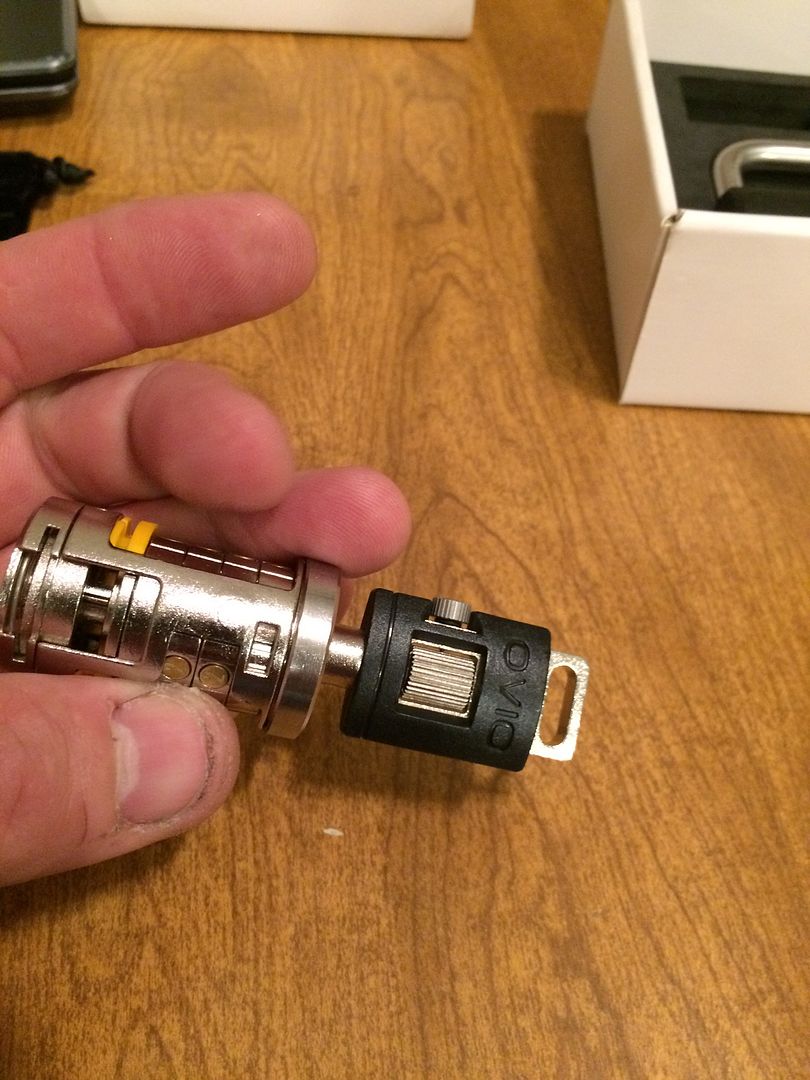
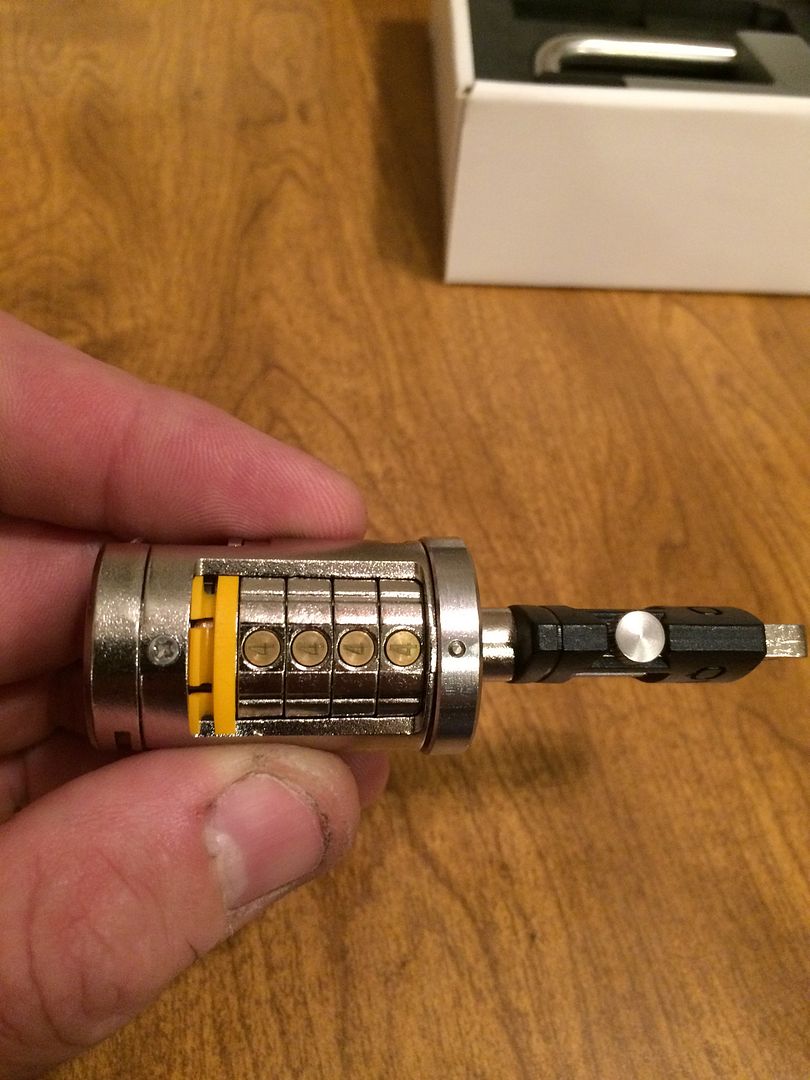
OK, take the key out of the core.
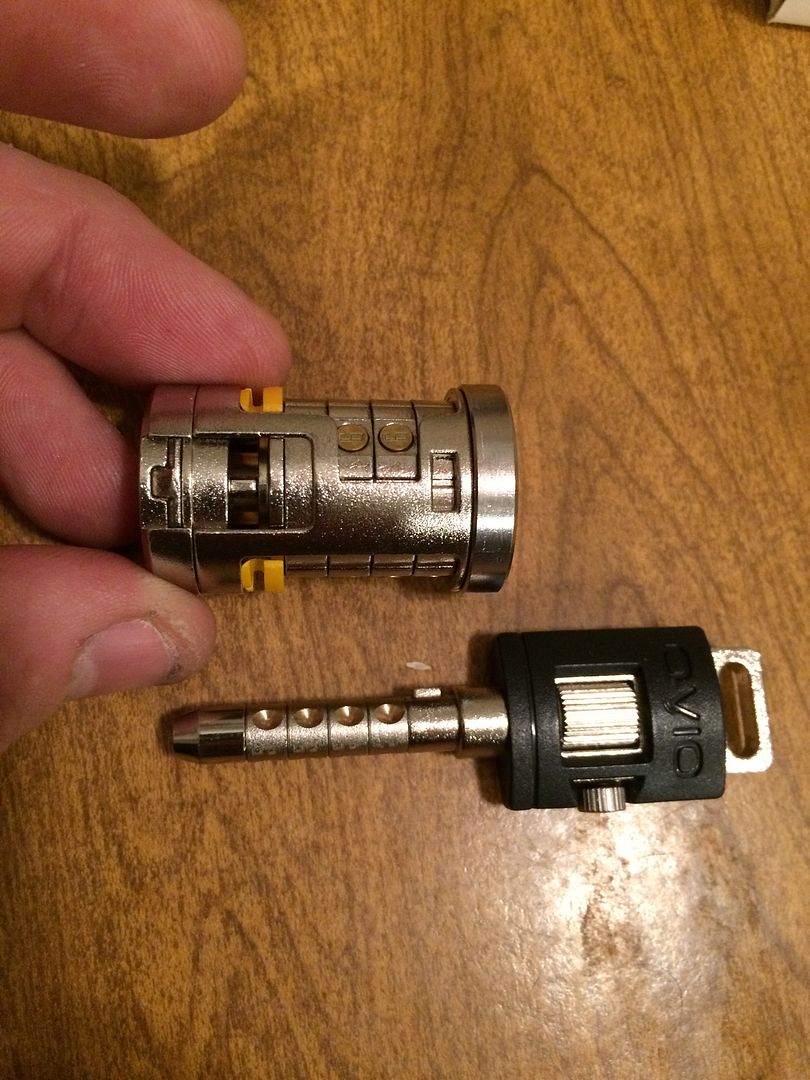
There is a small goodie-bag with two spare clips, a key ring, and a disassembly tool.
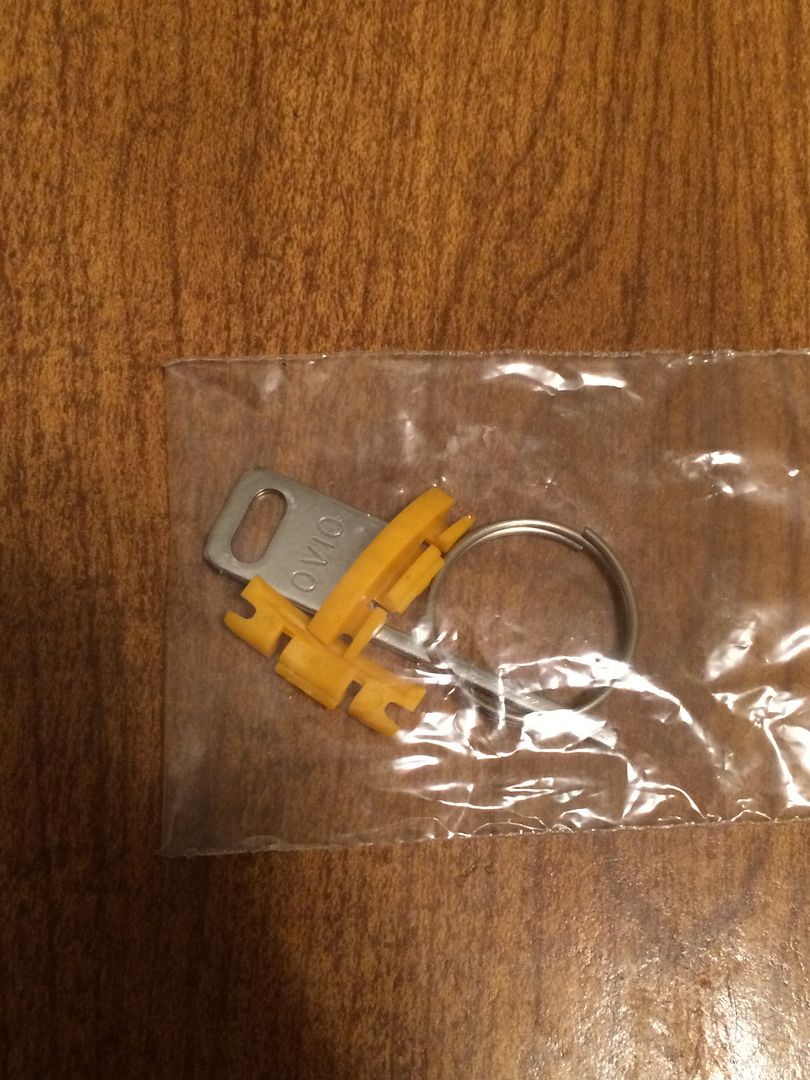
The tool is simply a piece of flat steel that can be used as a poker or pry tool to take apart the core or remove the core from the lock body.
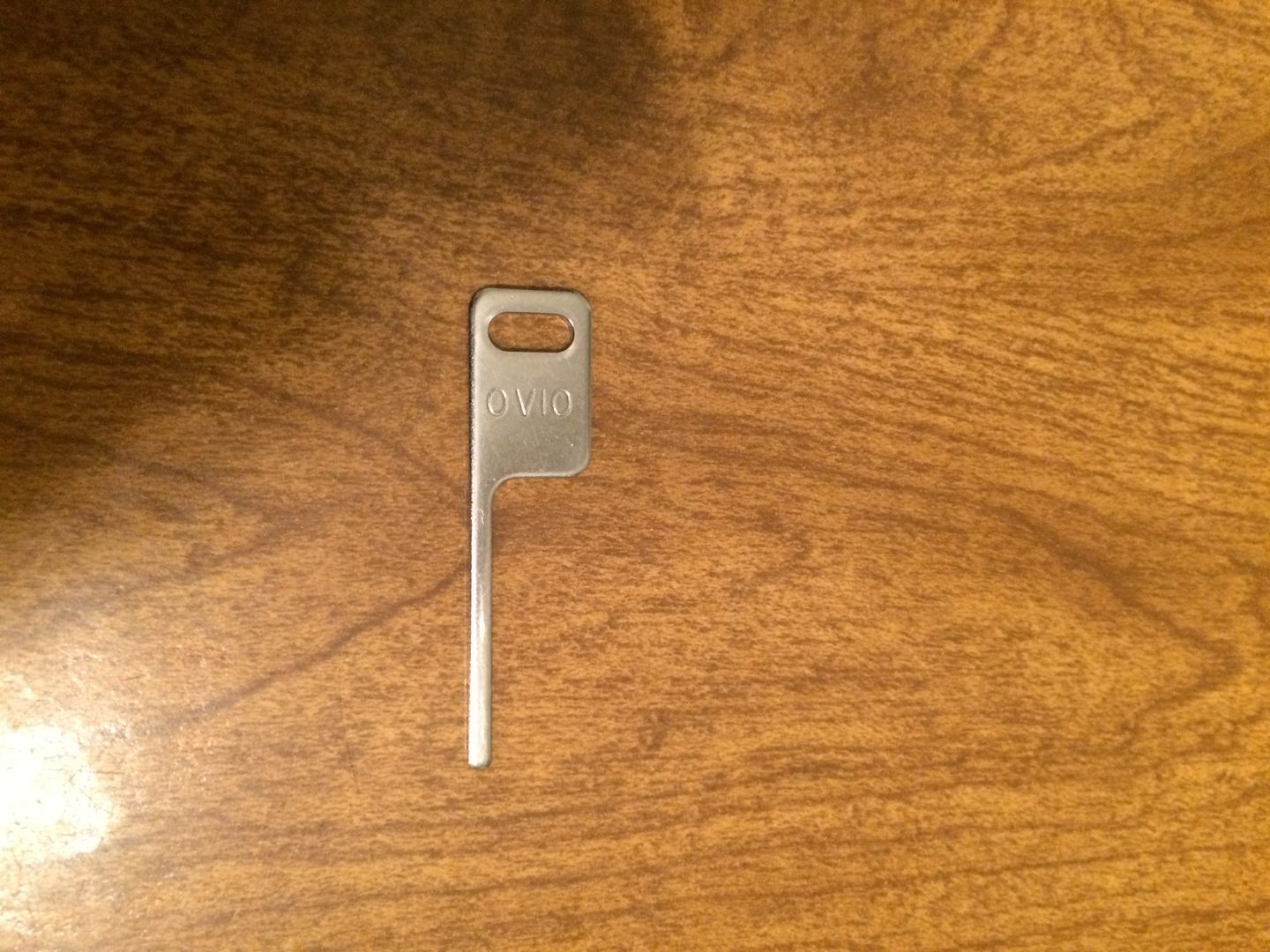
Pry out the two clips (one on each side of the core)
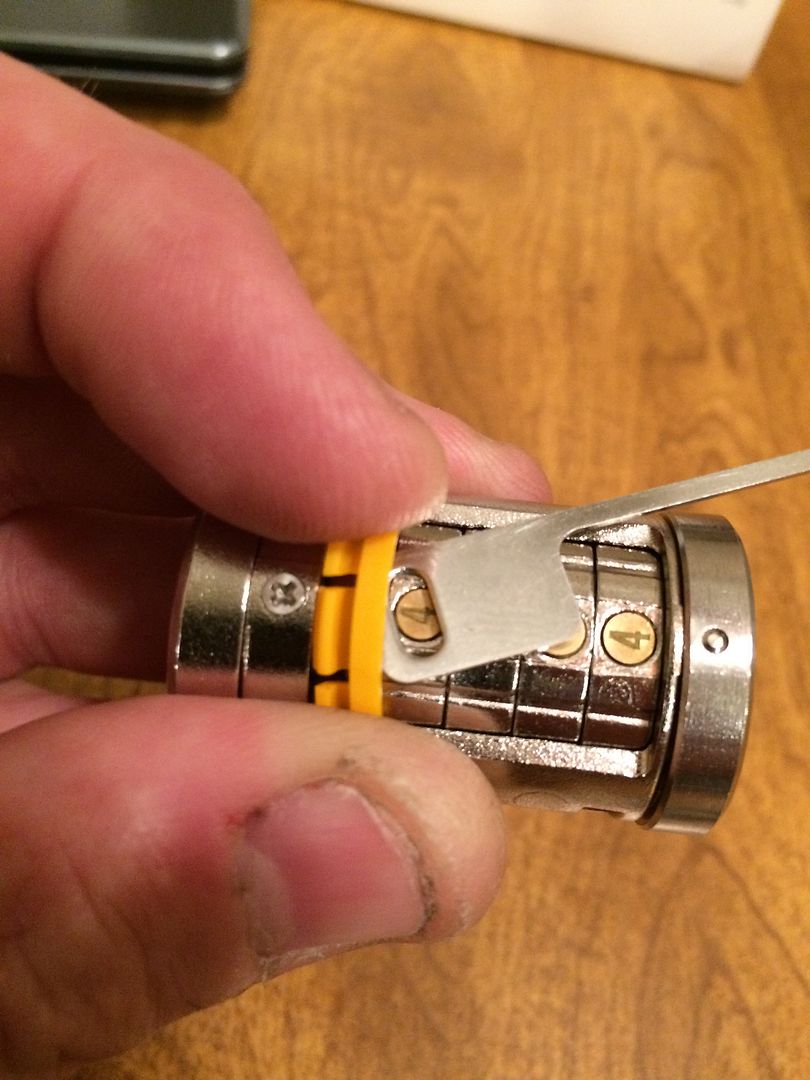
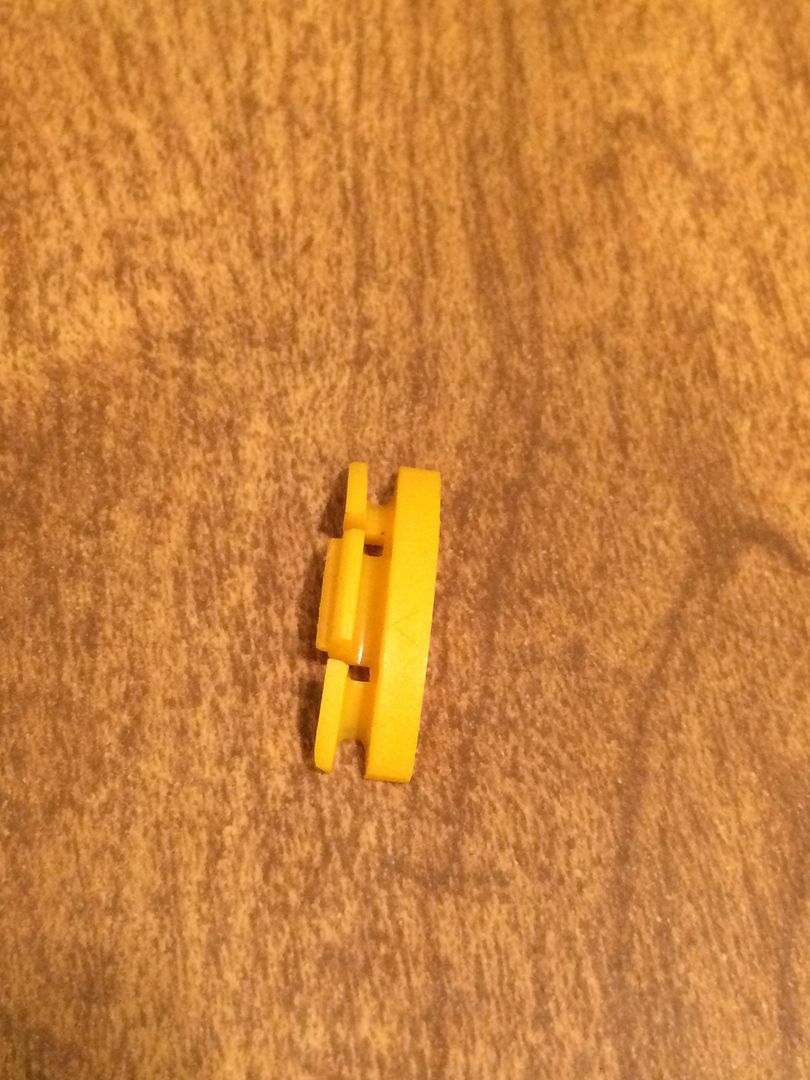
That allows the parts to have space to move in the slot where the clips was located.
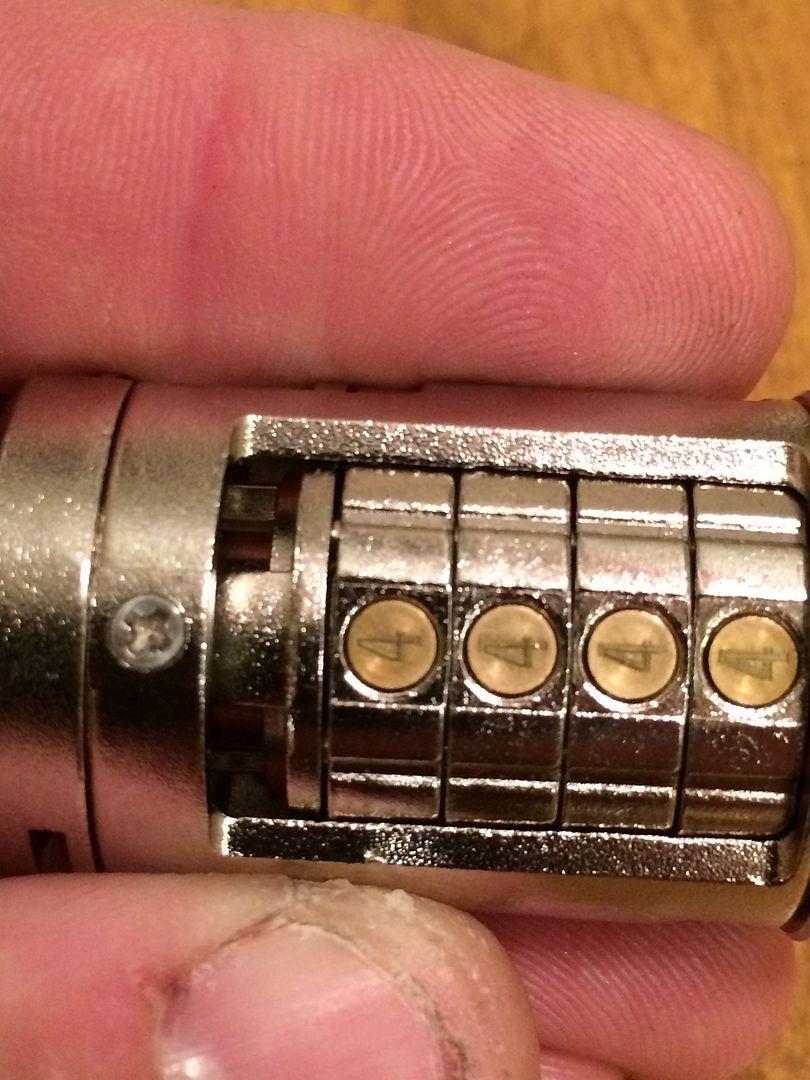
When both clips are removed, you can move the tailpiece and the wheels.
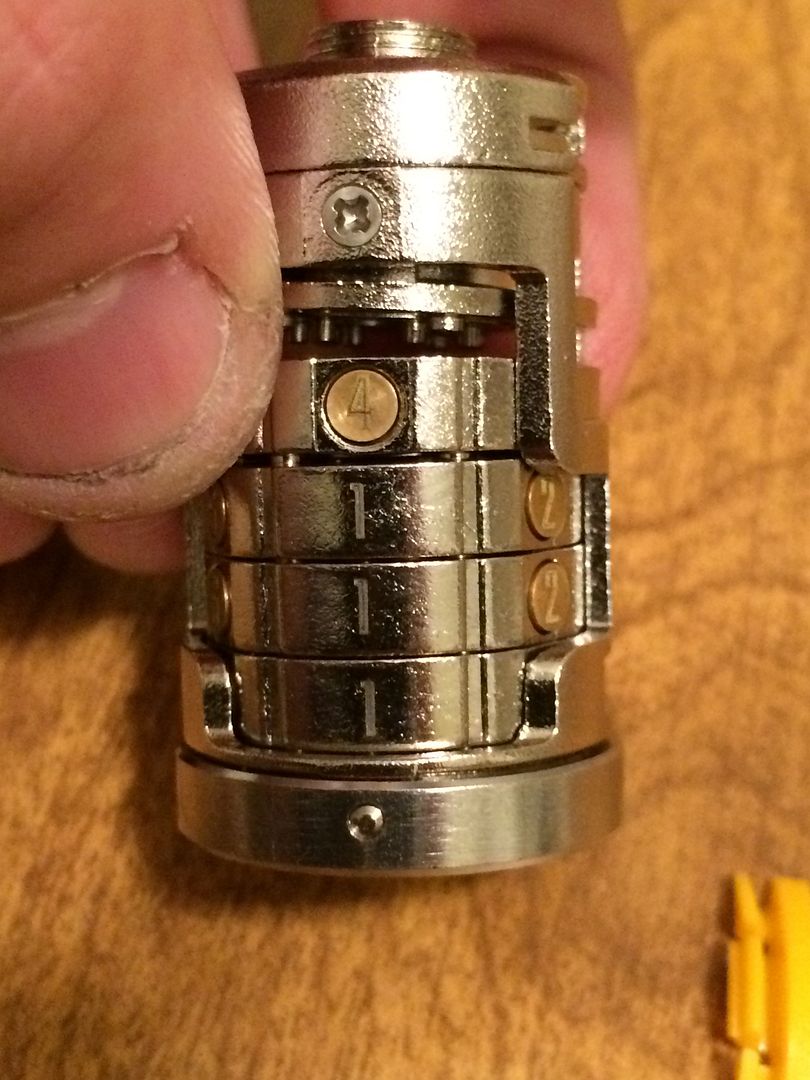
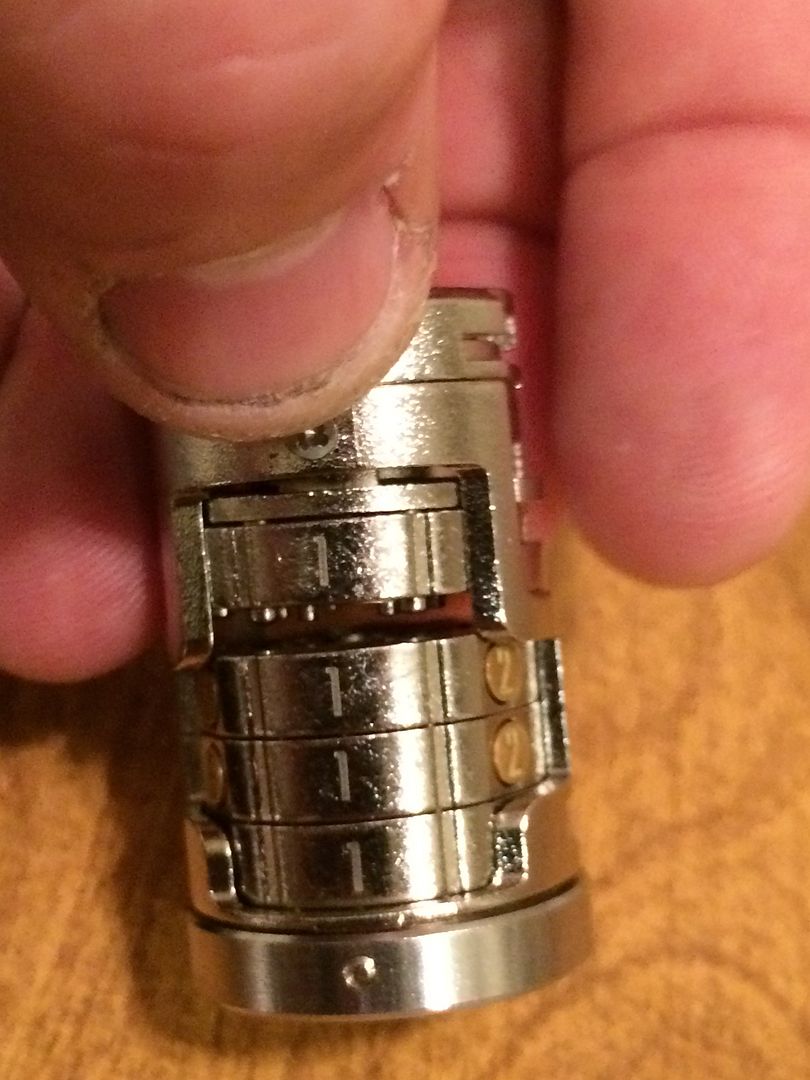
Now you can set the code for the bitting you want the lock set to. If you look at the face of the lock, you can see the index mark.
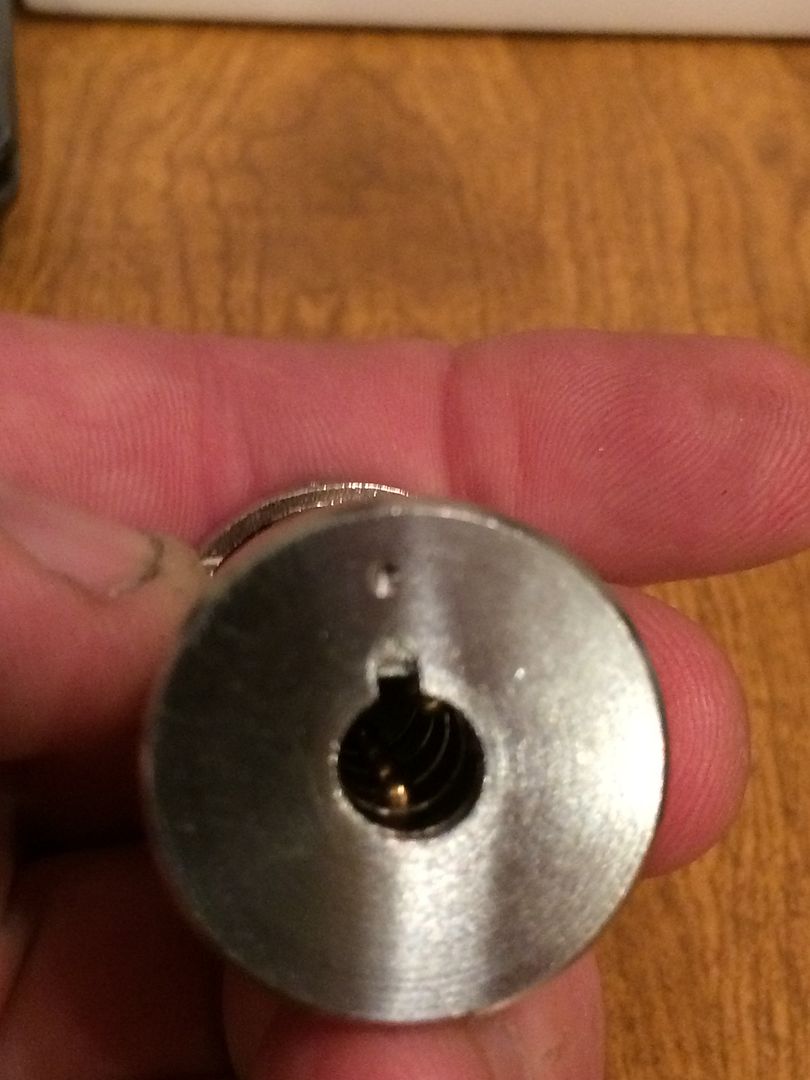
Rotate the wheels so the code you want is lined up with the index mark. You will need to slide the wheels apart so they can be turned independently since they have fingers and holes that lock them together.

Before changing the code, if you look in the keyway, you can see three rows of pins.
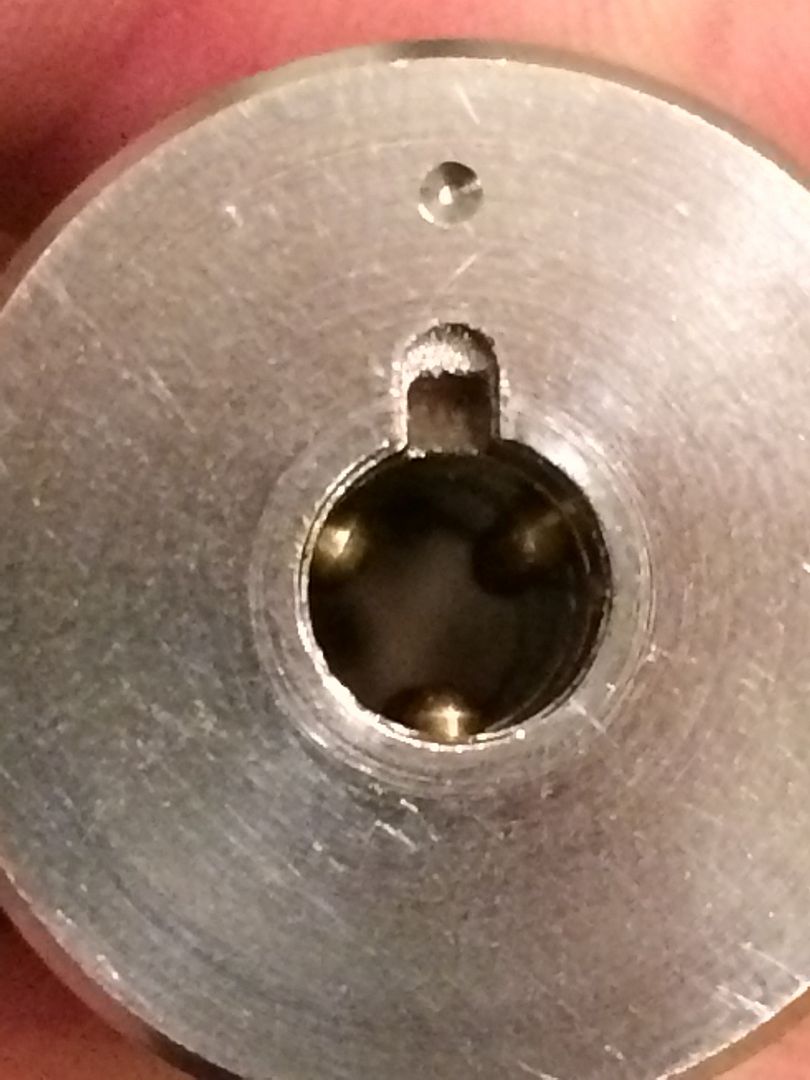
But if you have both odd and even numbers in your code, there are six rows! 18 pins that each must be picked to the correct height. No security pins, though.
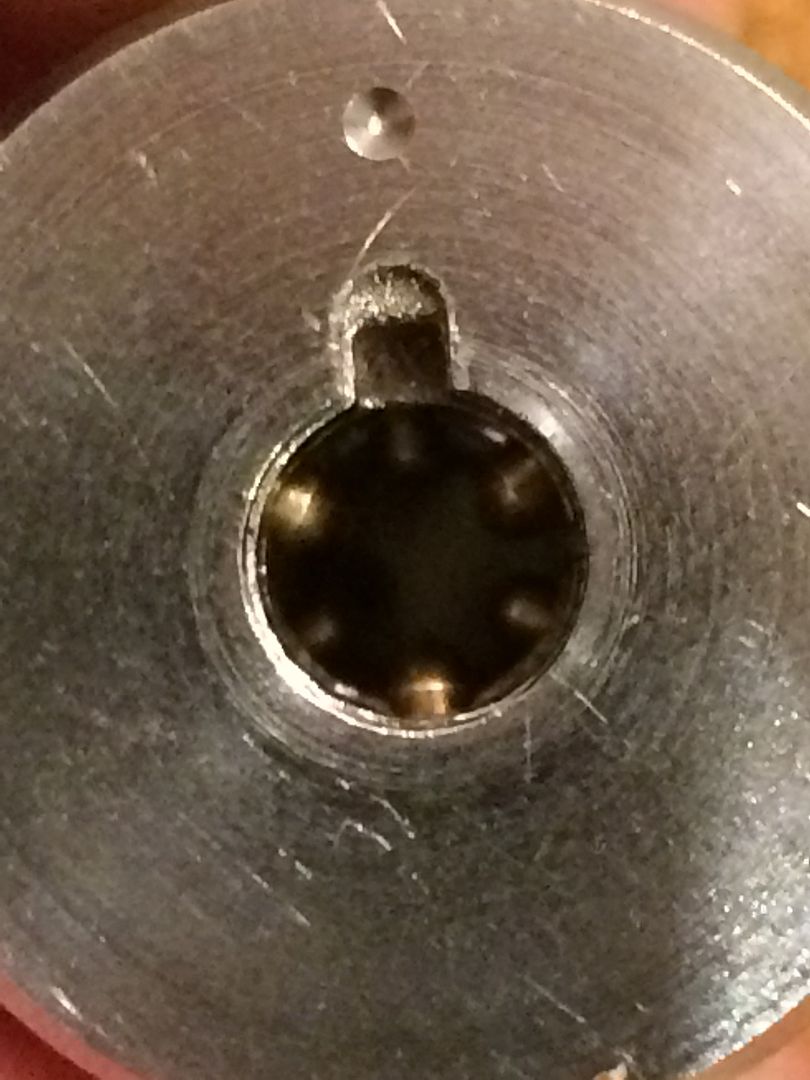
Part of the kit I got has a spare set of wheels for master keying. You can disassemble the lock and key and put the wheel wherever you like, and the bitting will be different depths than the other wheels.
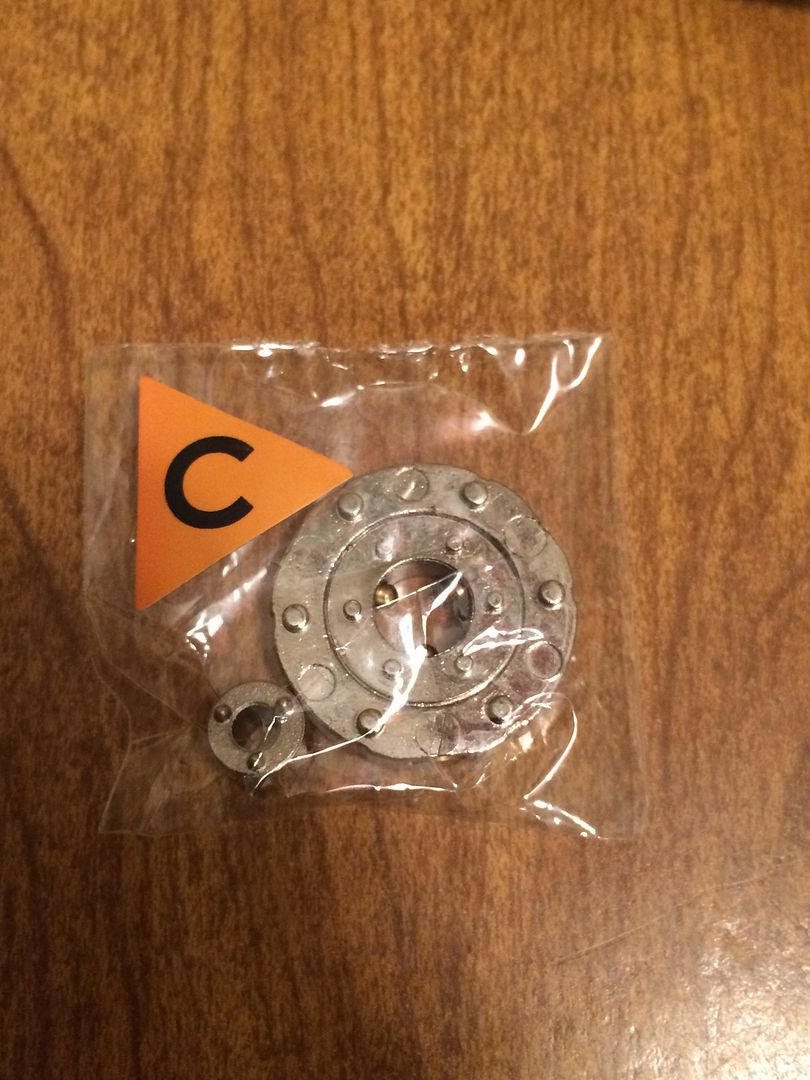
Lock wheel on top, and key wheel on the bottom.
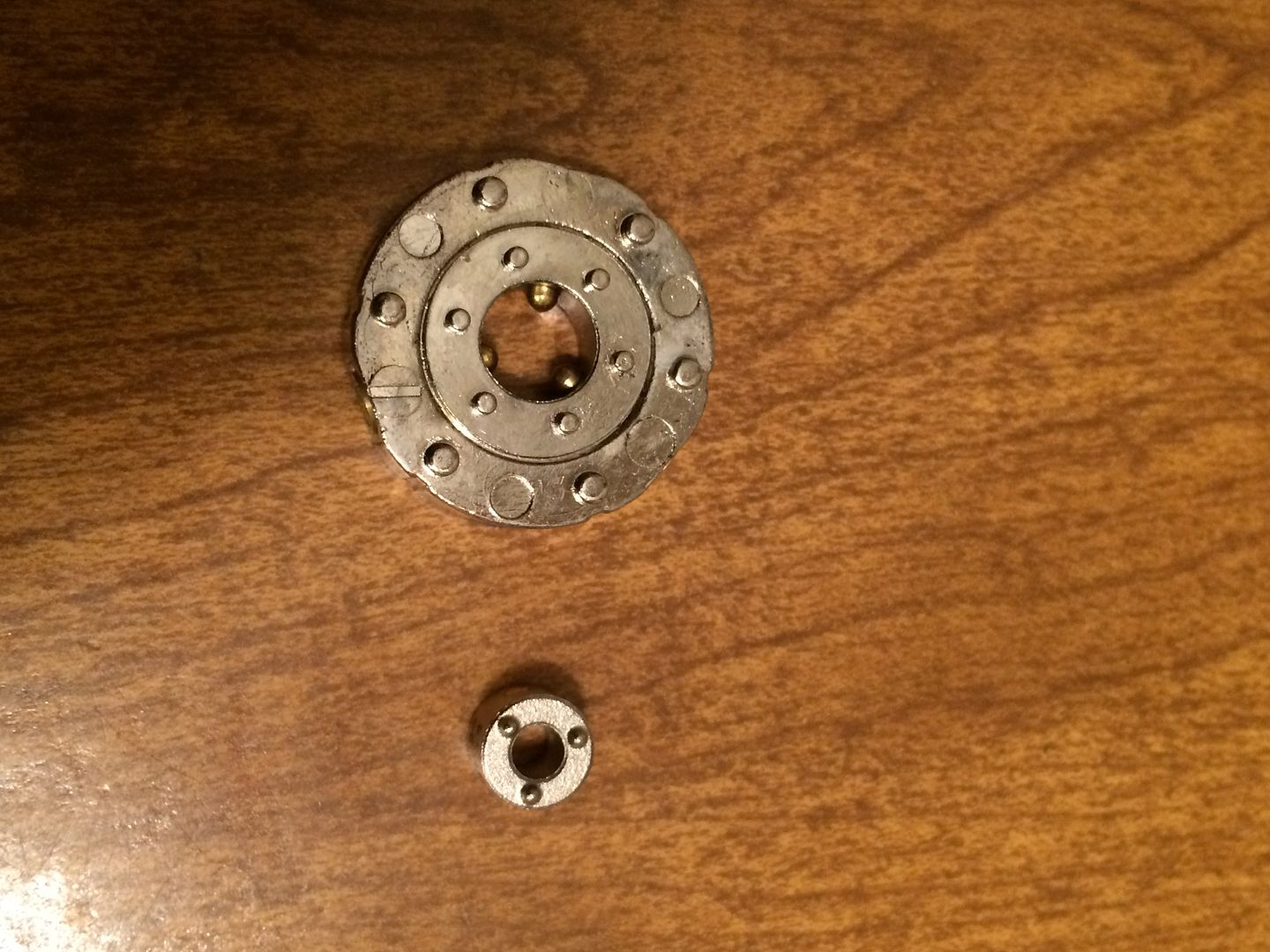
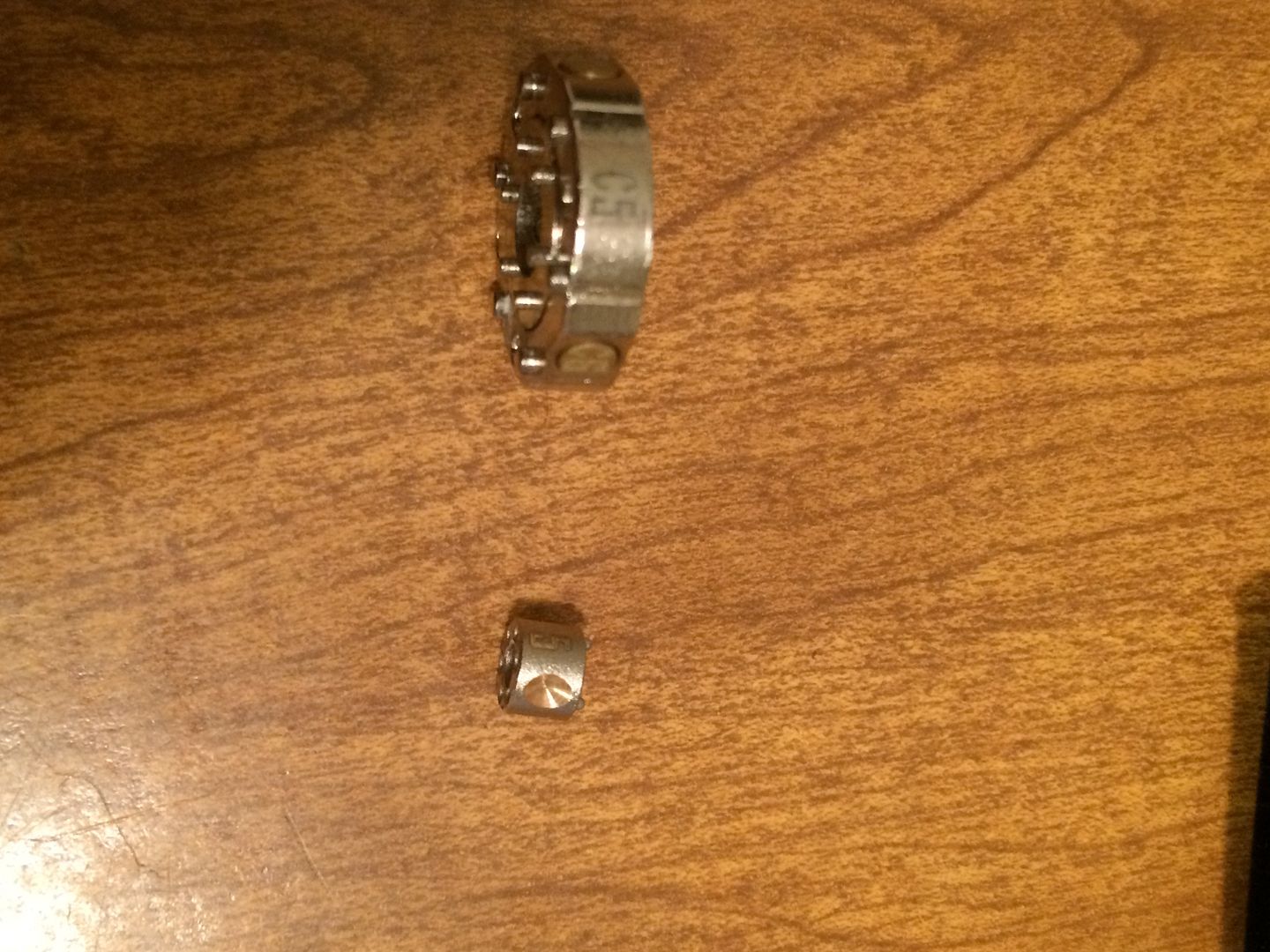
Tried picking the single wheel, and yes, all three pins on the wheel must be picked to the proper height (each one different from the other) in order for the center part of the lock wheel to rotate in the outer lock wheel. Here I put in the key wheel inside the lock wheel so you can see that the inner part of the lock wheel rotates, while the outer part of the lock wheel stays stationary in the lock core.
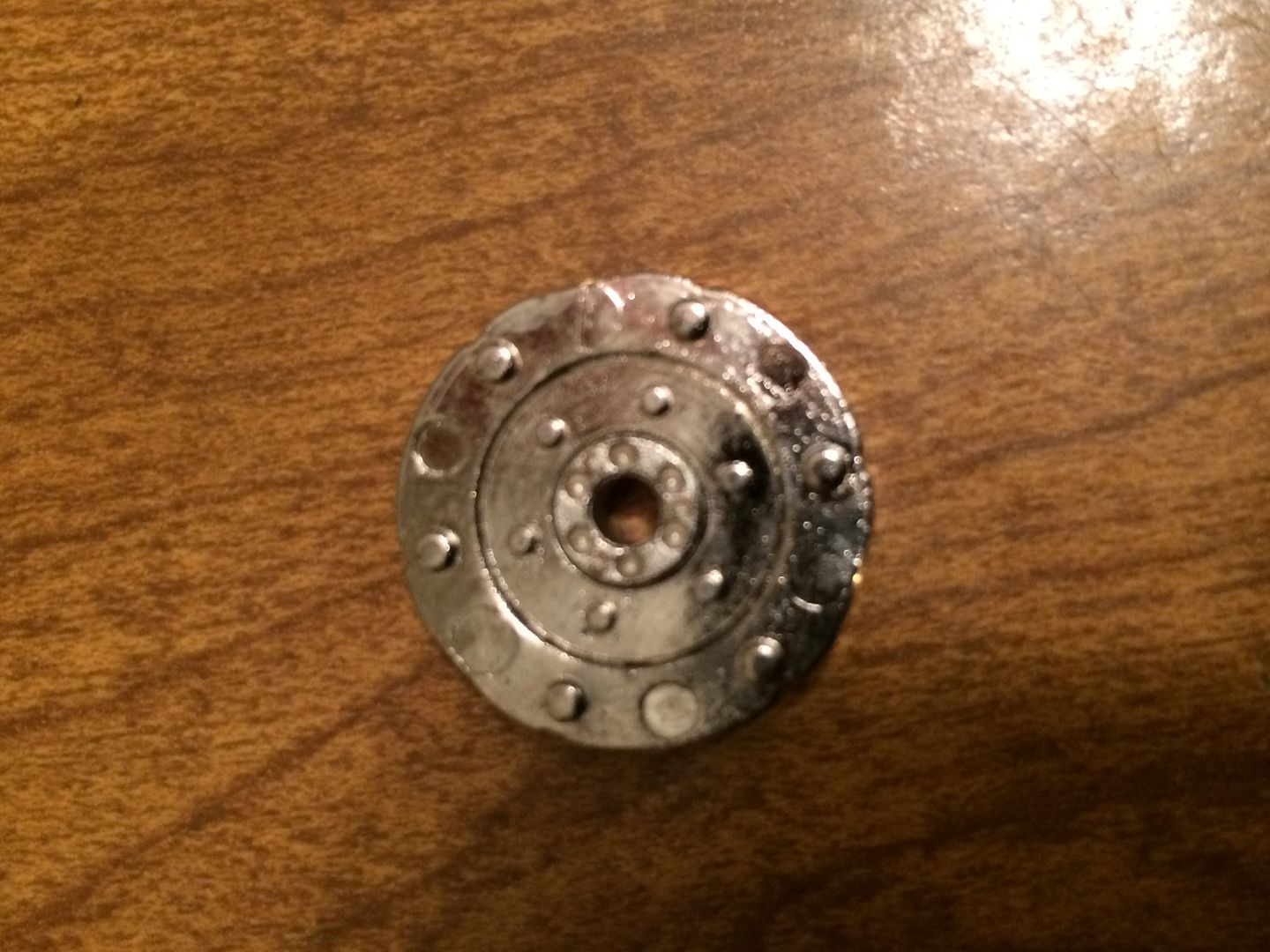
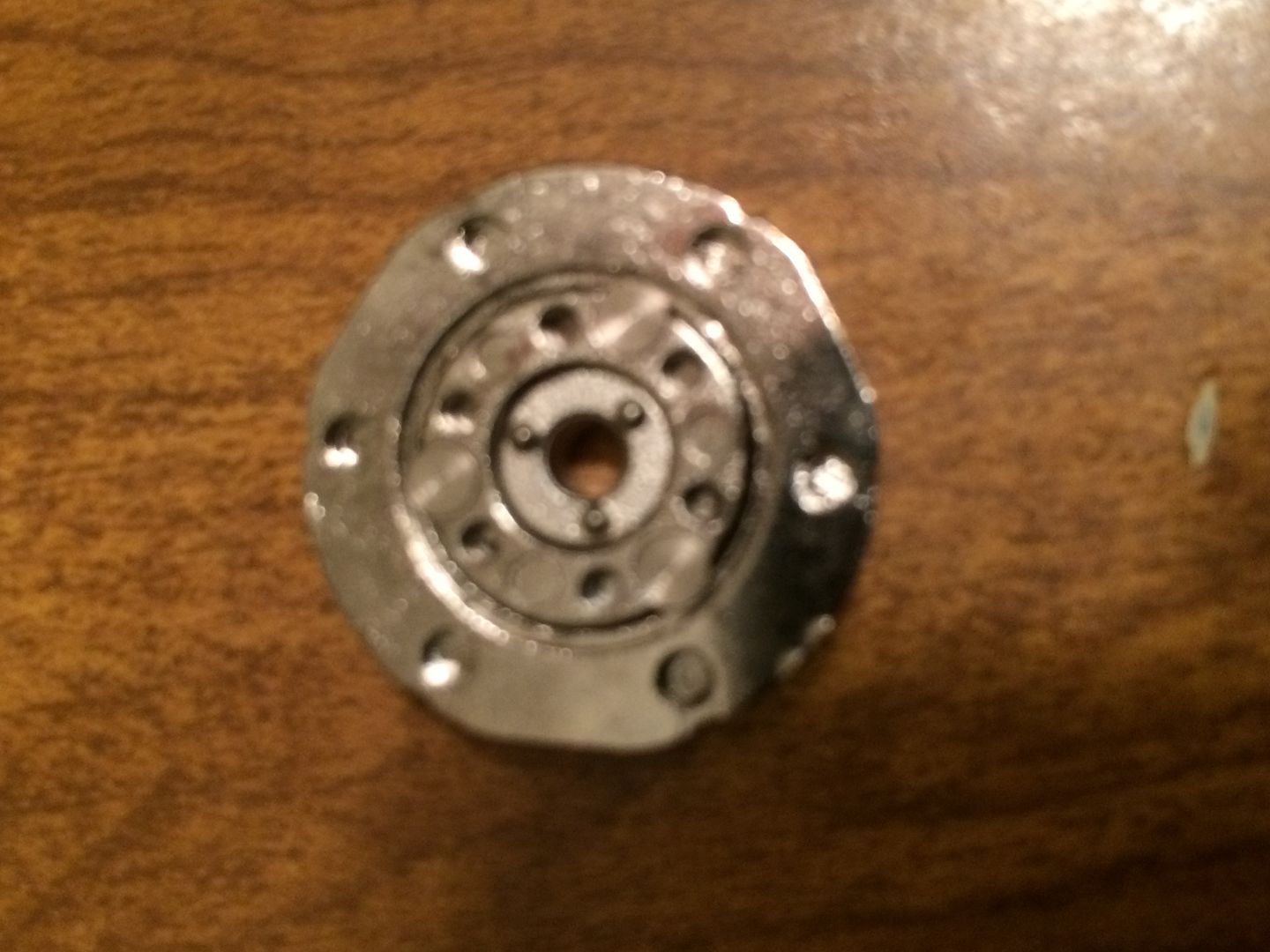
Now for the key…
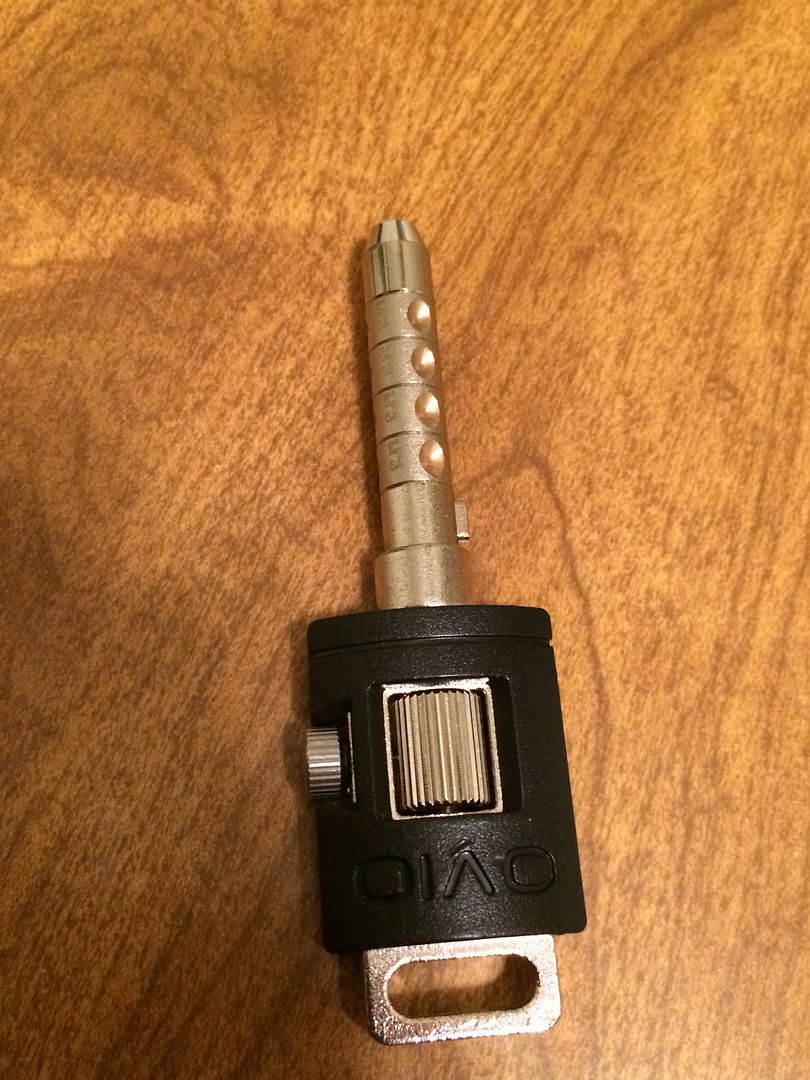
Note the red index mark on the key bow, and the slot in the tip of the key. This aligns the key, and also gives you a reference point to set the key combination to match the lock.
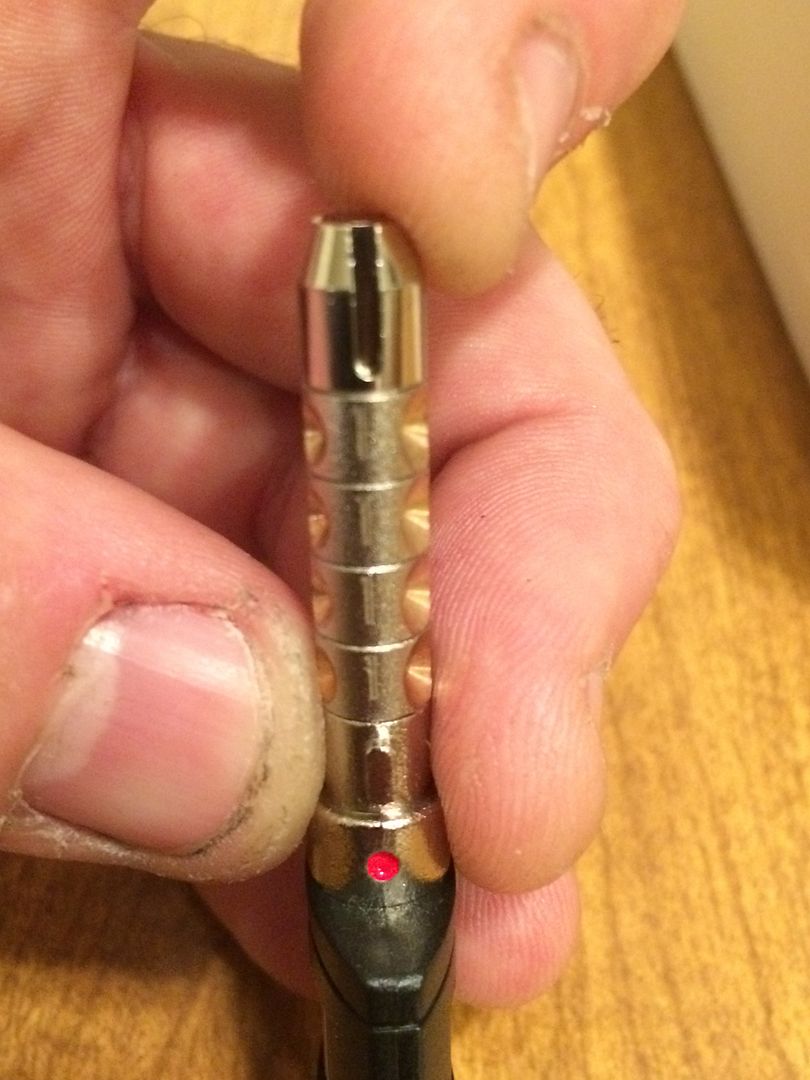
Loosen the locking knob located here on the key.
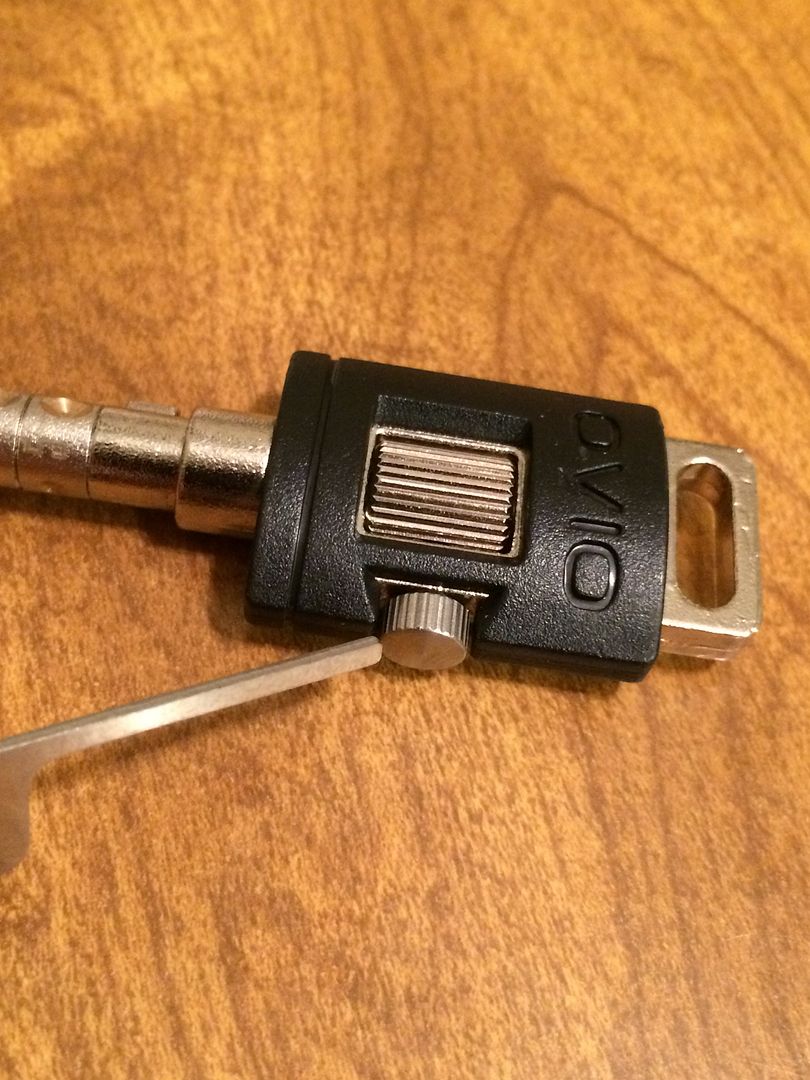
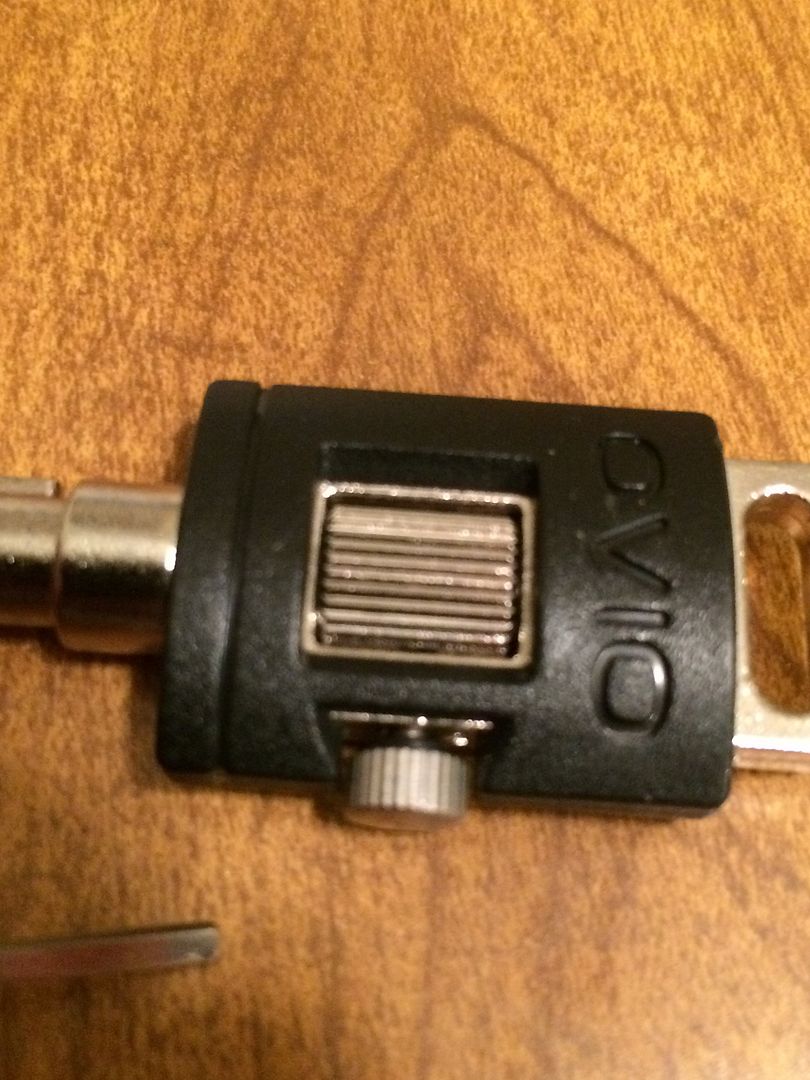
Now turn the main knob.
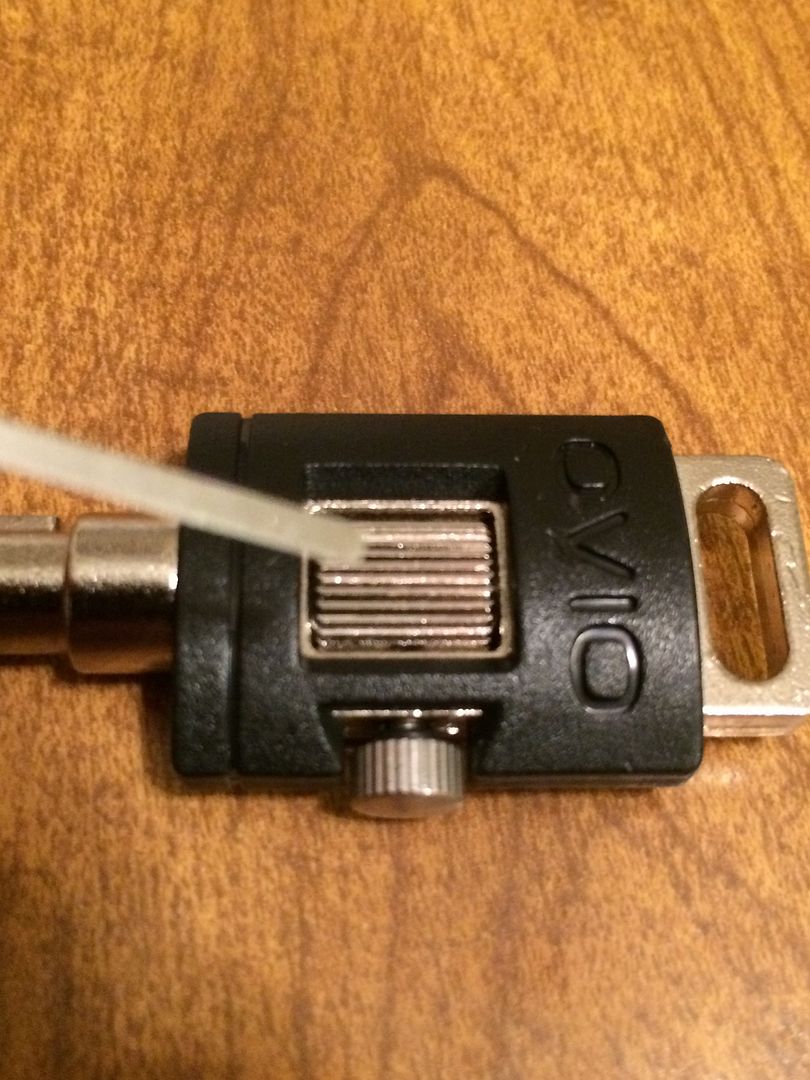
Notice how the tip of the key moves away from the key bow as the main knob is turned.
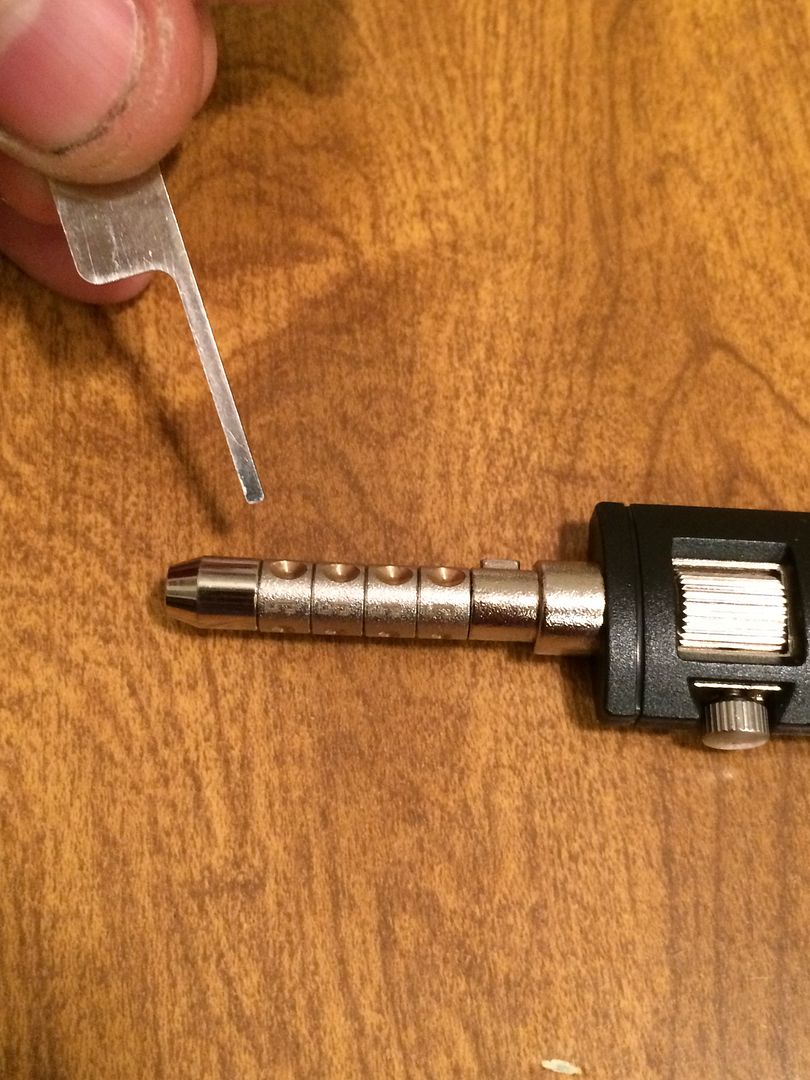
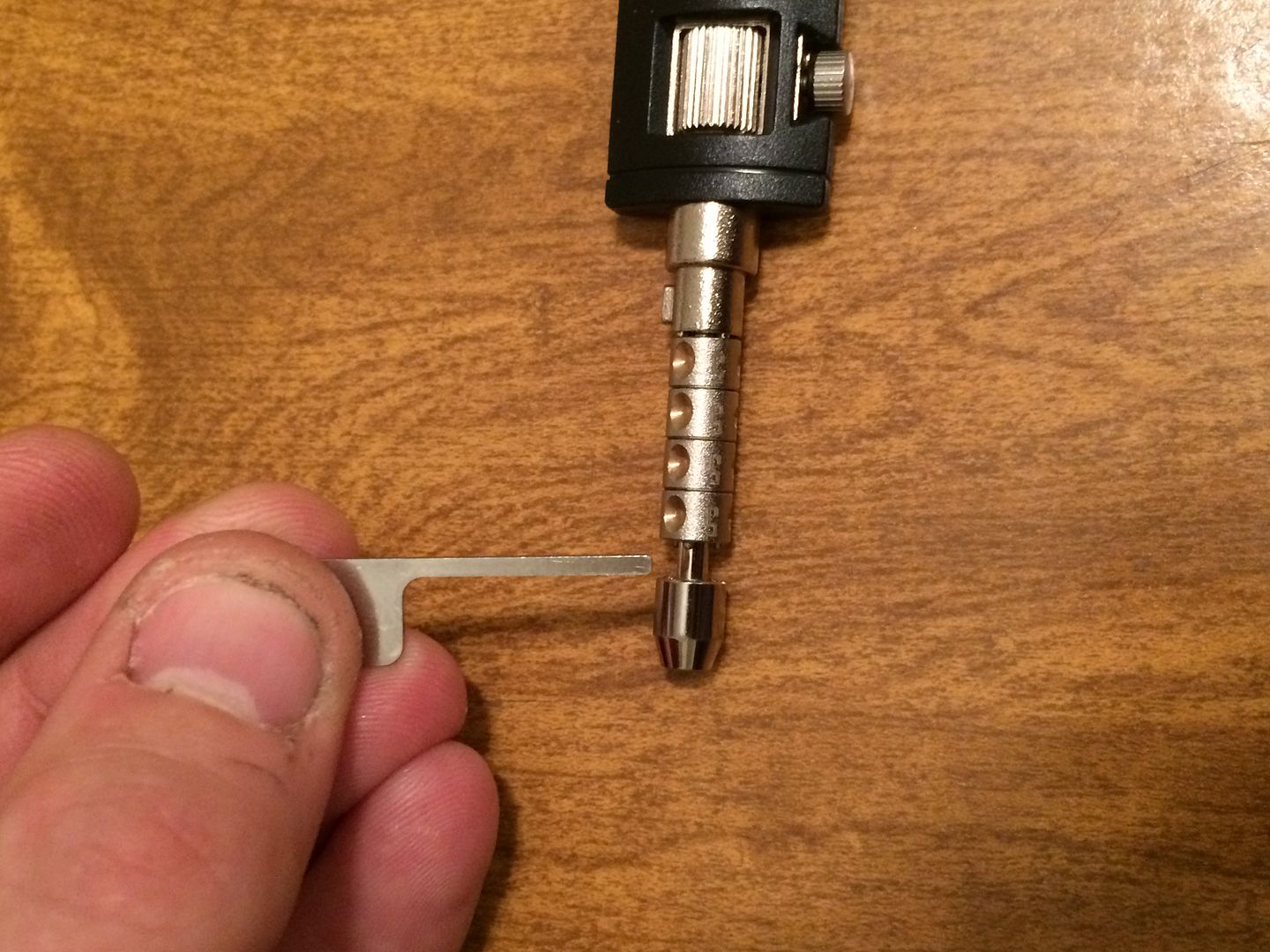
Now you can separate the key wheels to set the combination.
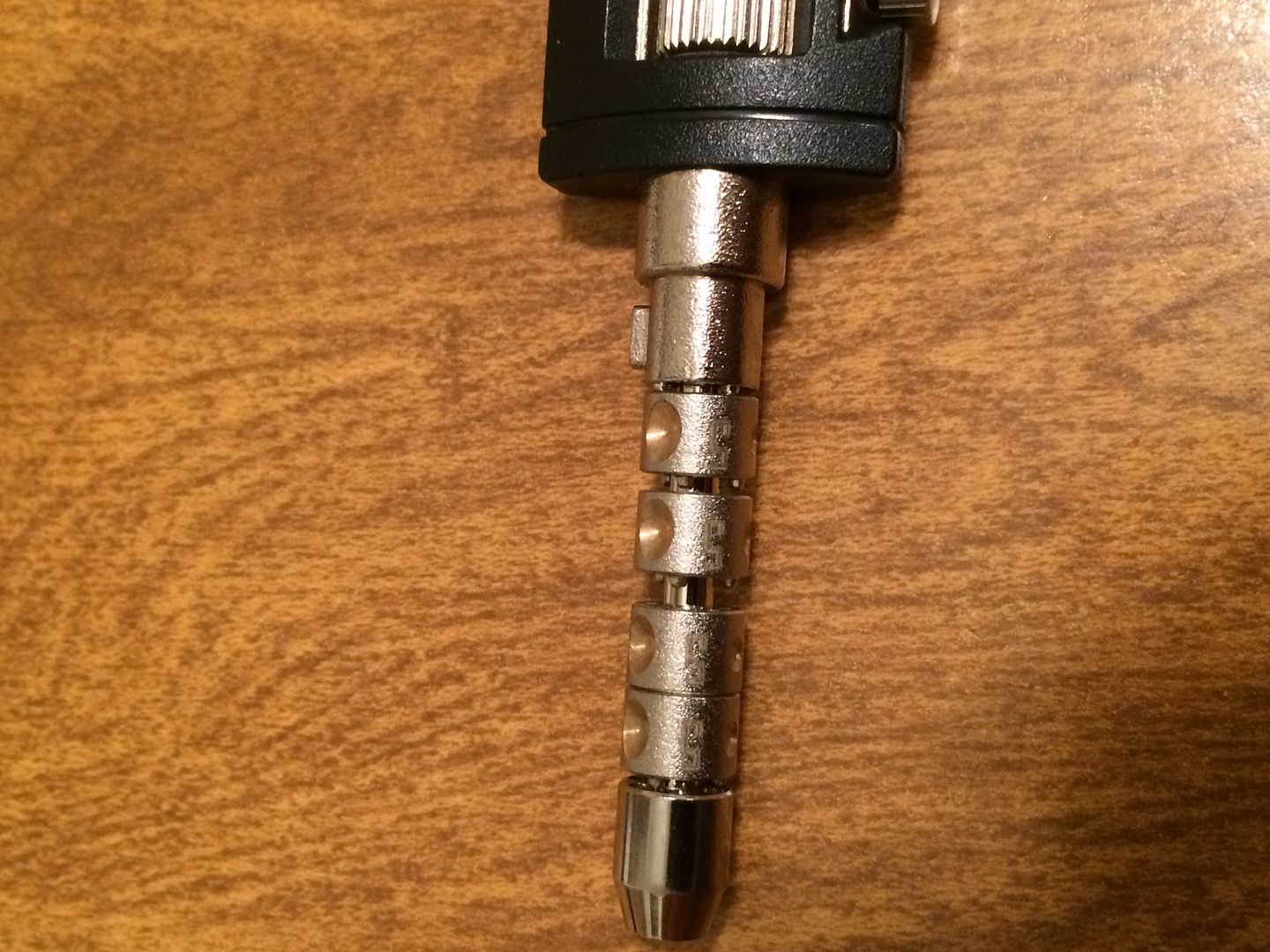
Make sure the code is entered, and then turn the knob to tighten the key. Be sure the slot is lined up with the index on the key bow. If the knob is turned tight, but the gap has not closed all the way, be sure it is aligned, as well as the key wheels.

All good!
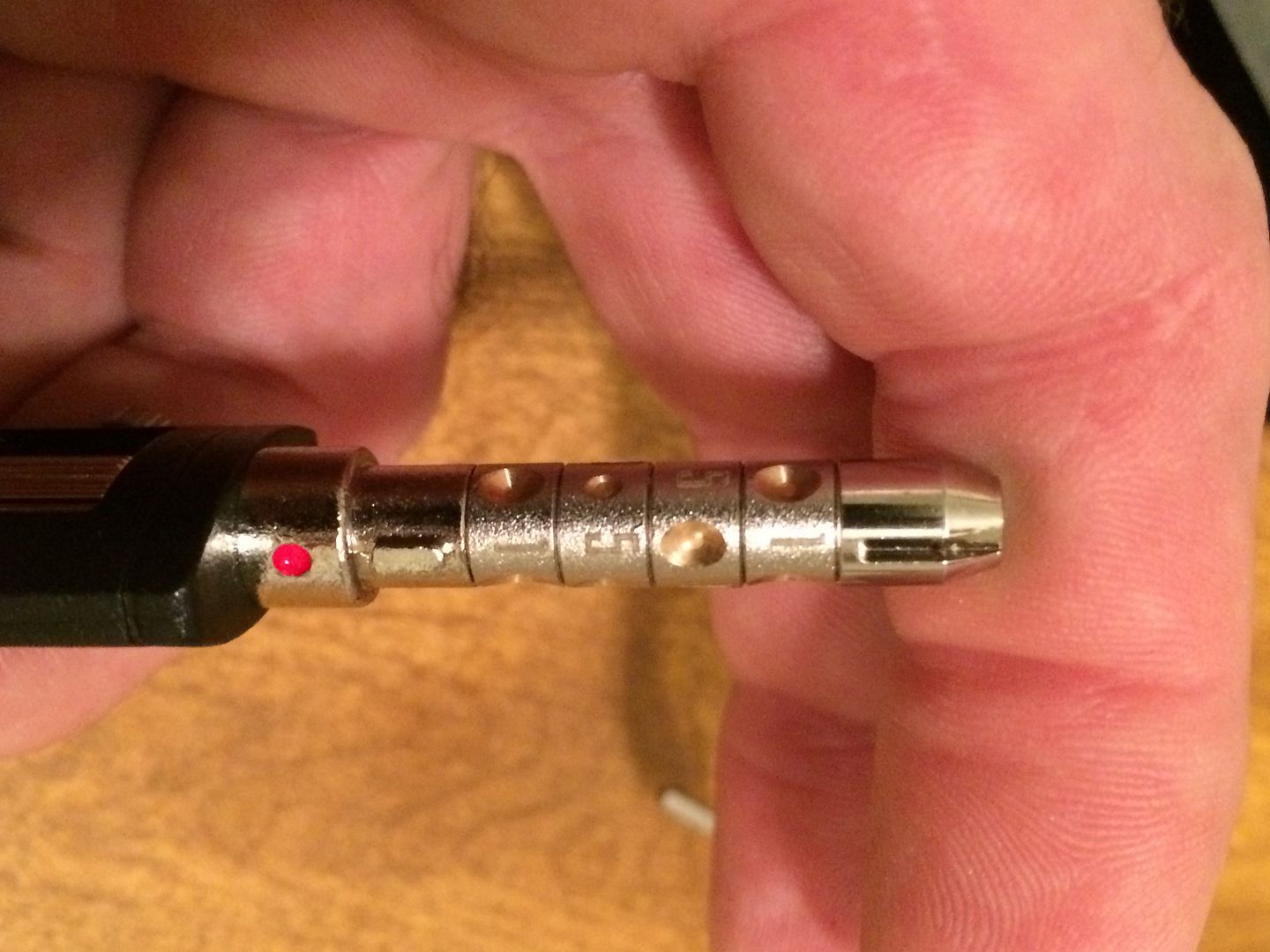
Now tighten the key locking knob.
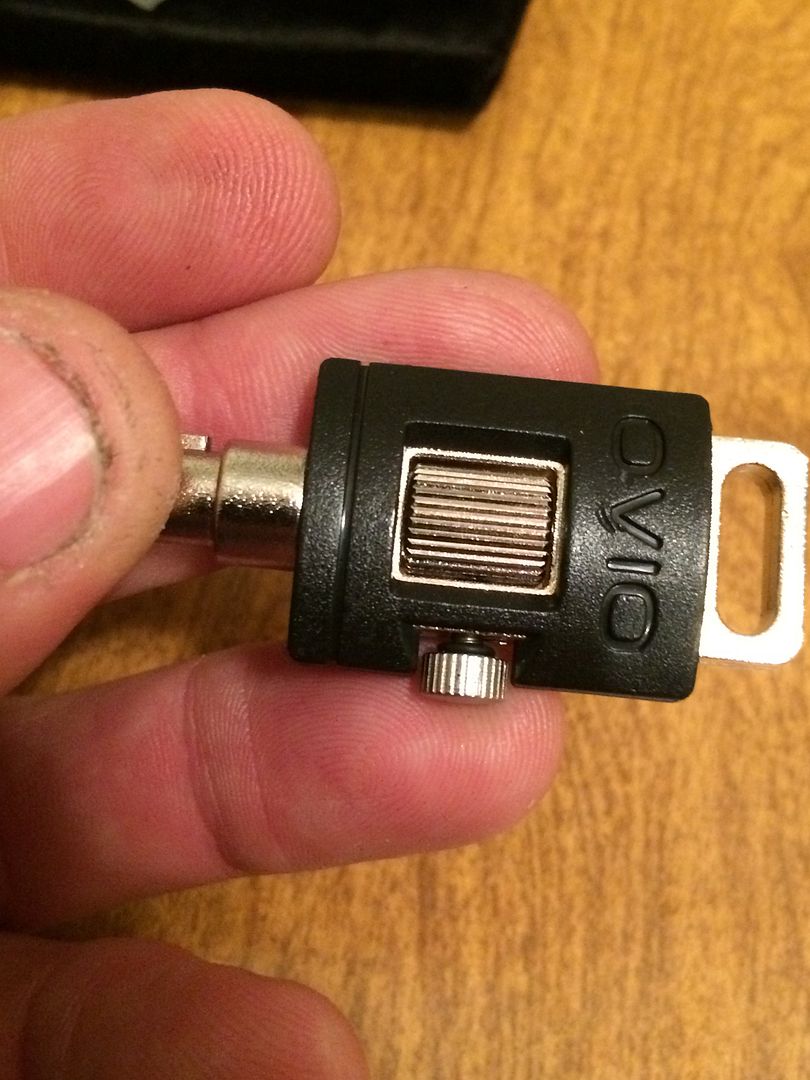
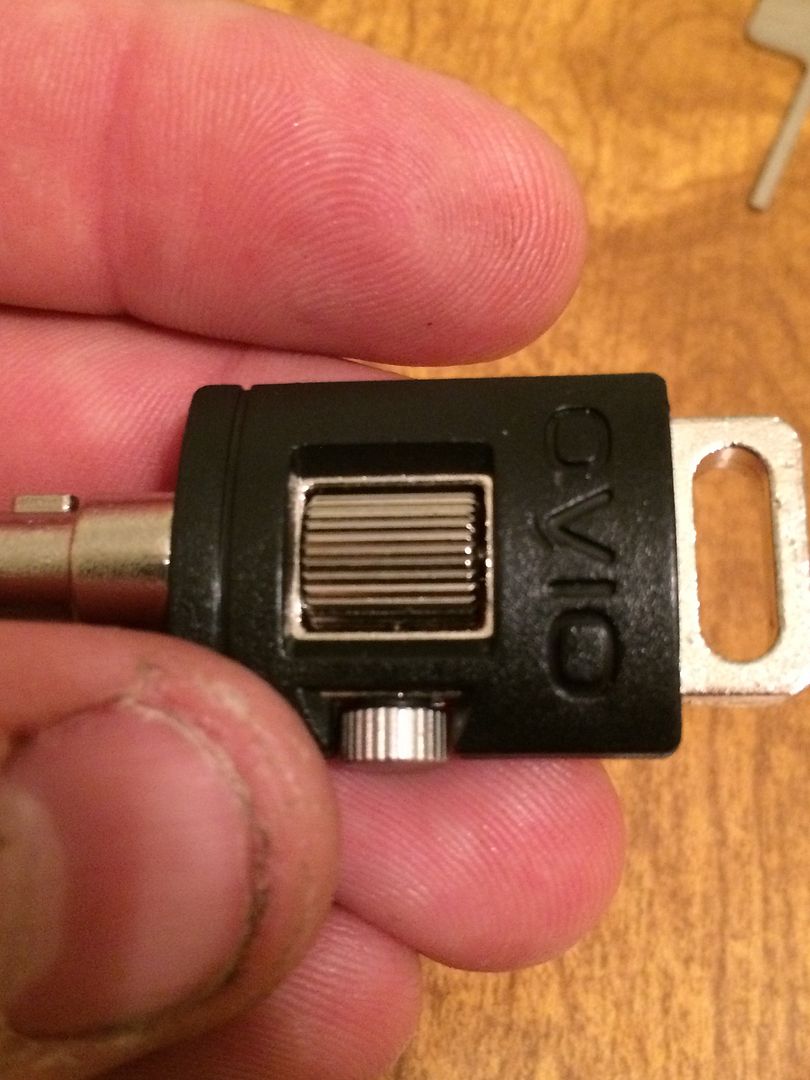
Make sure the key code and core code match.
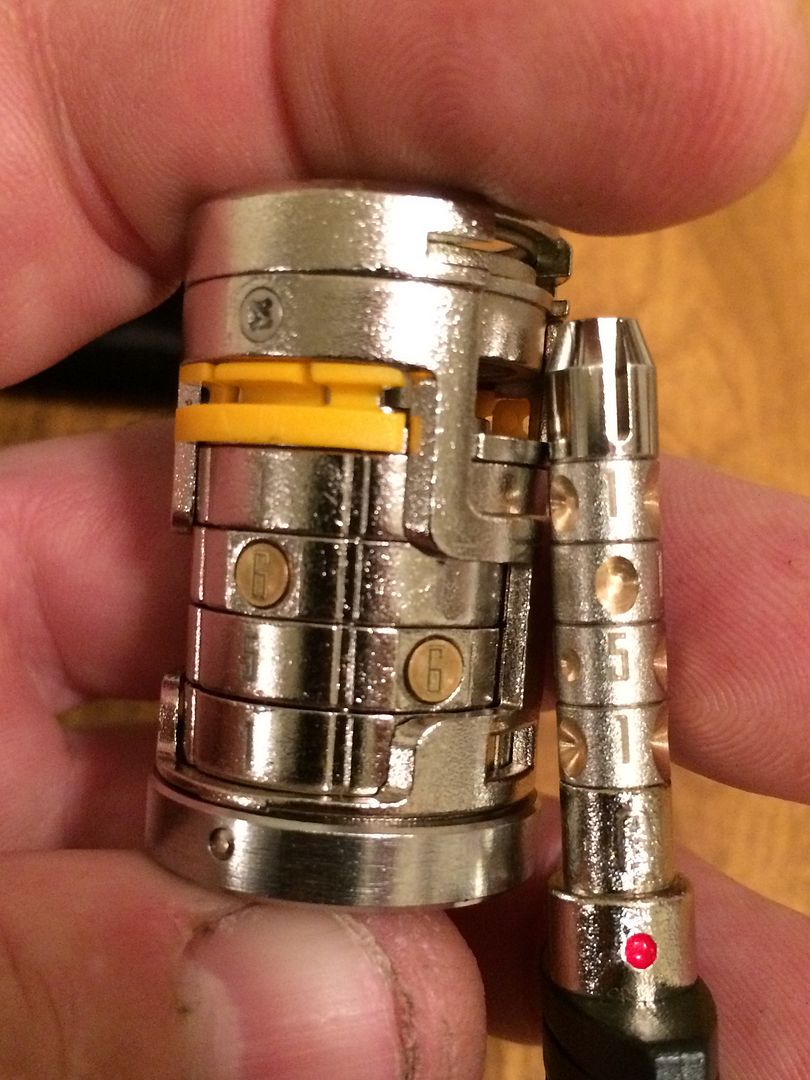
Then you can test it.

Here you can see the tailpiece move.
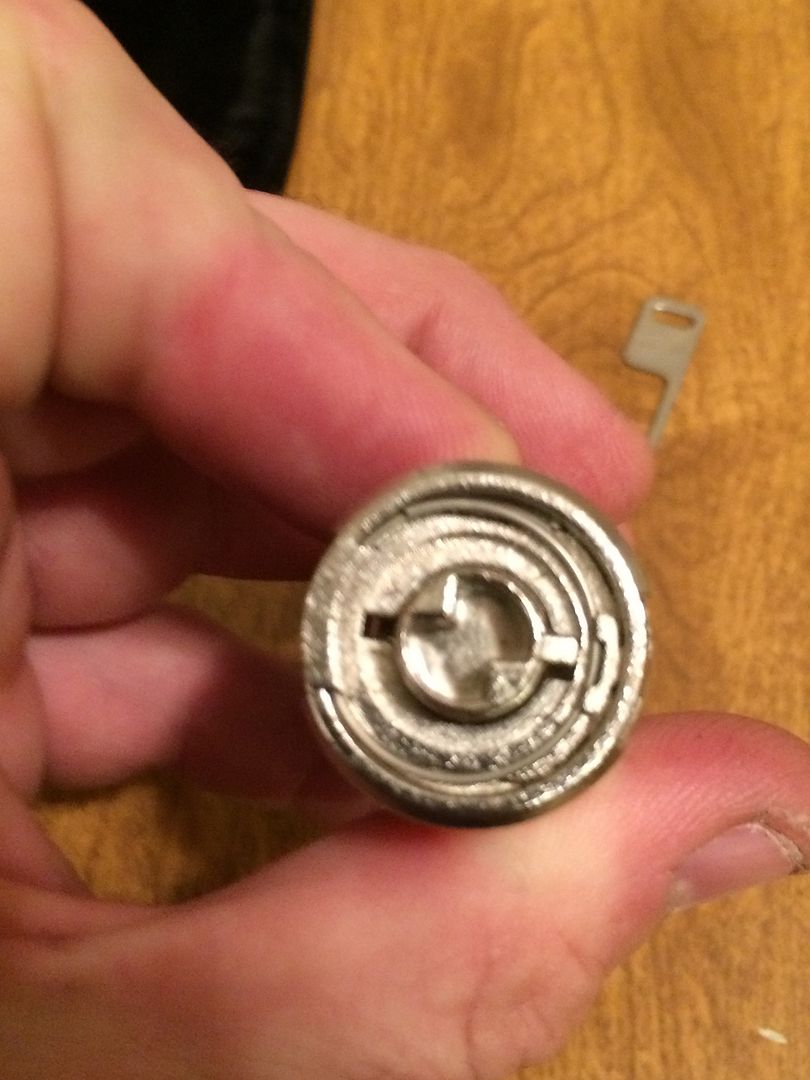

The index mark of the core matches the index mark of the lock body.

The core will not drop fully into the lock body yet. You will need to turn the key 90 degrees one way or the other.
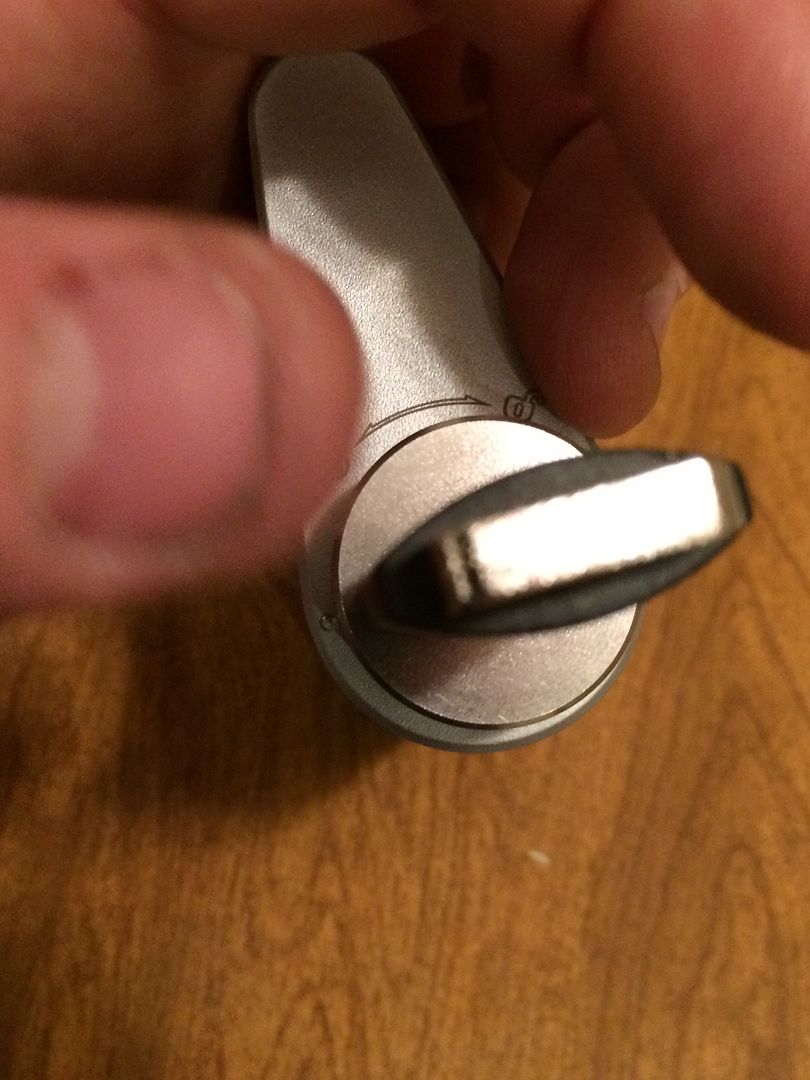
The instructions say look at the actuator the tailpiece aligns with to know which way to turn it. Of course, the instructions are in the very bottom of the box, under the packing foam, so you will not find them until you have already figured out how to work it. Or at least it worked that way for me.
It slips down most of the way at 90 degrees…
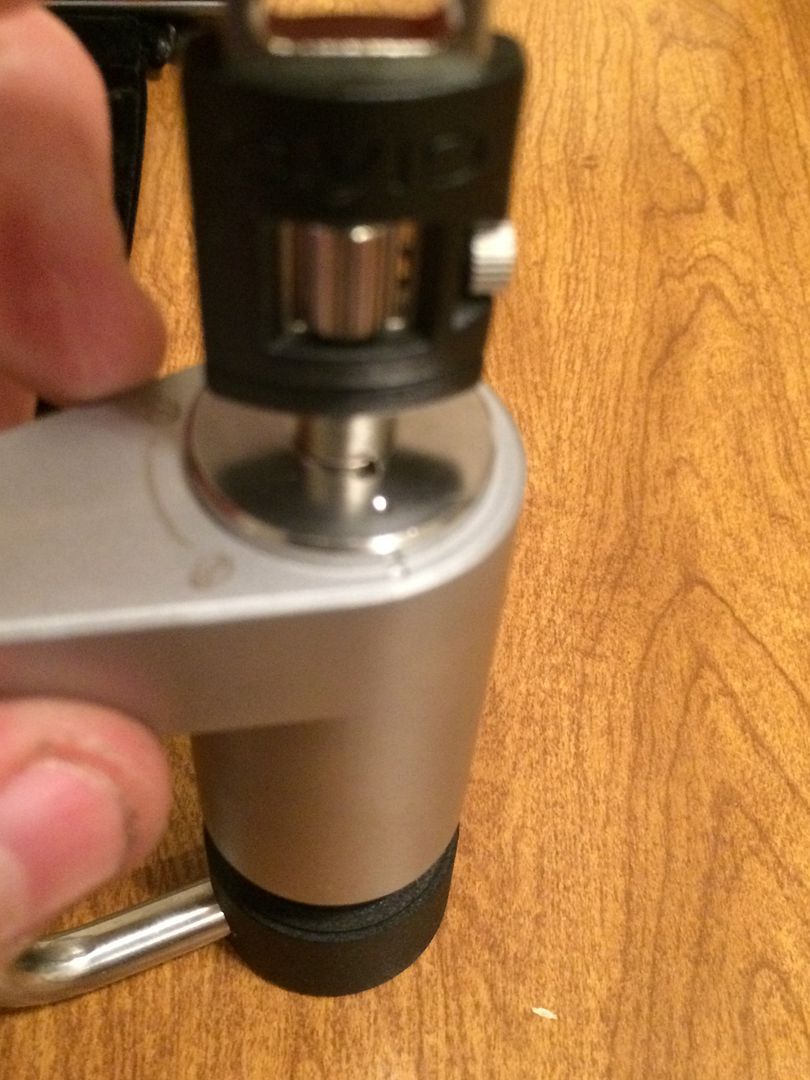
Then the rest of the way as you turn the key back.
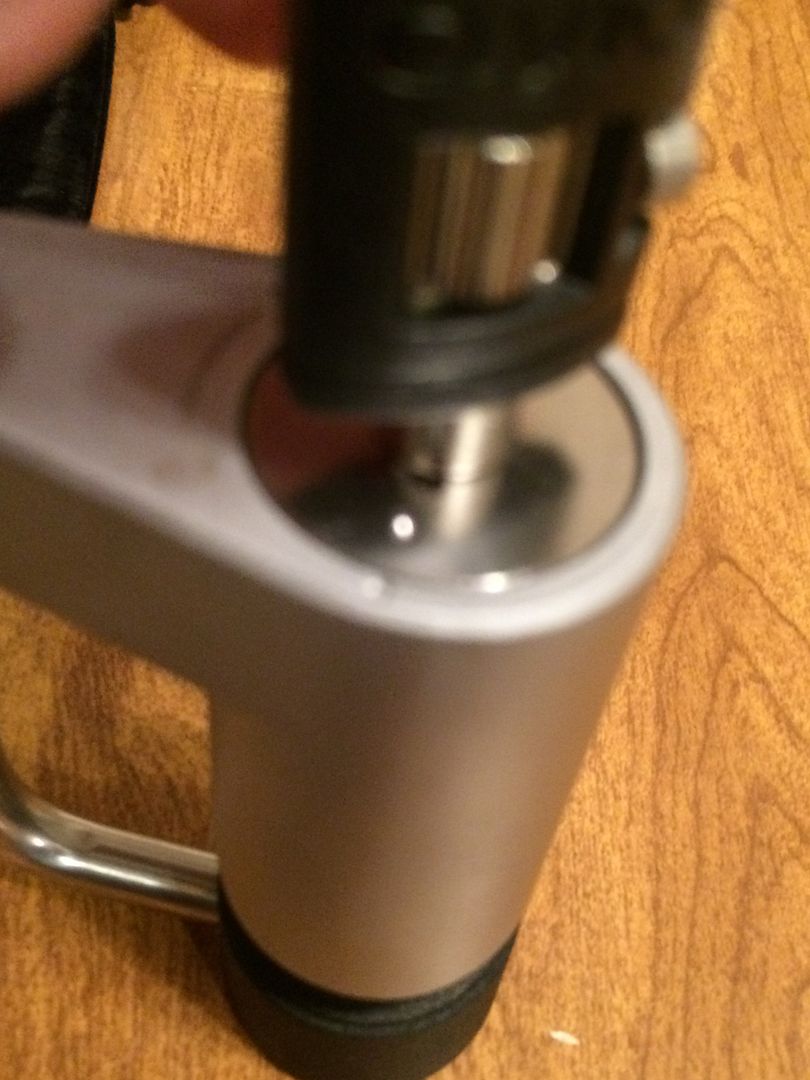
Then remove the key...
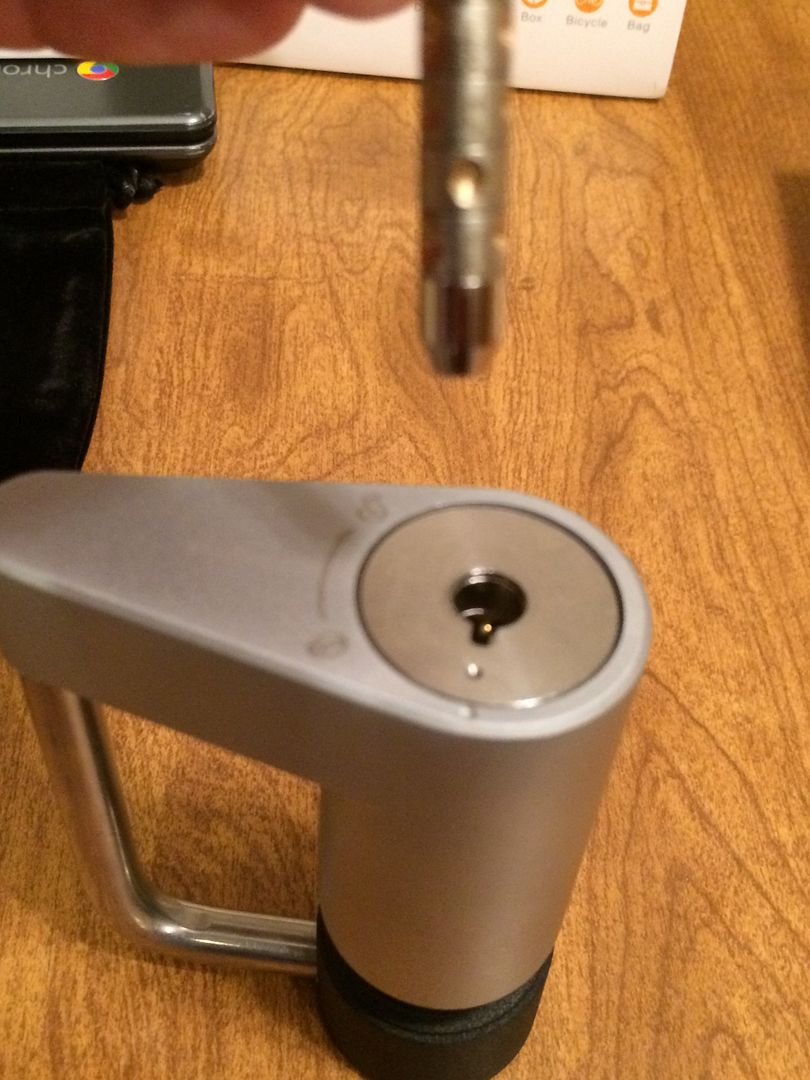
… if you can. At first, I could not, since I turned the key the wrong way.
Simple enough to remedy. Do exactly what you would normally do to remove the core. Remember that little tool? (Or you can use any poker tool). Turn the key to either direction (lock or unlock) until it stops. Then poke the tool here…


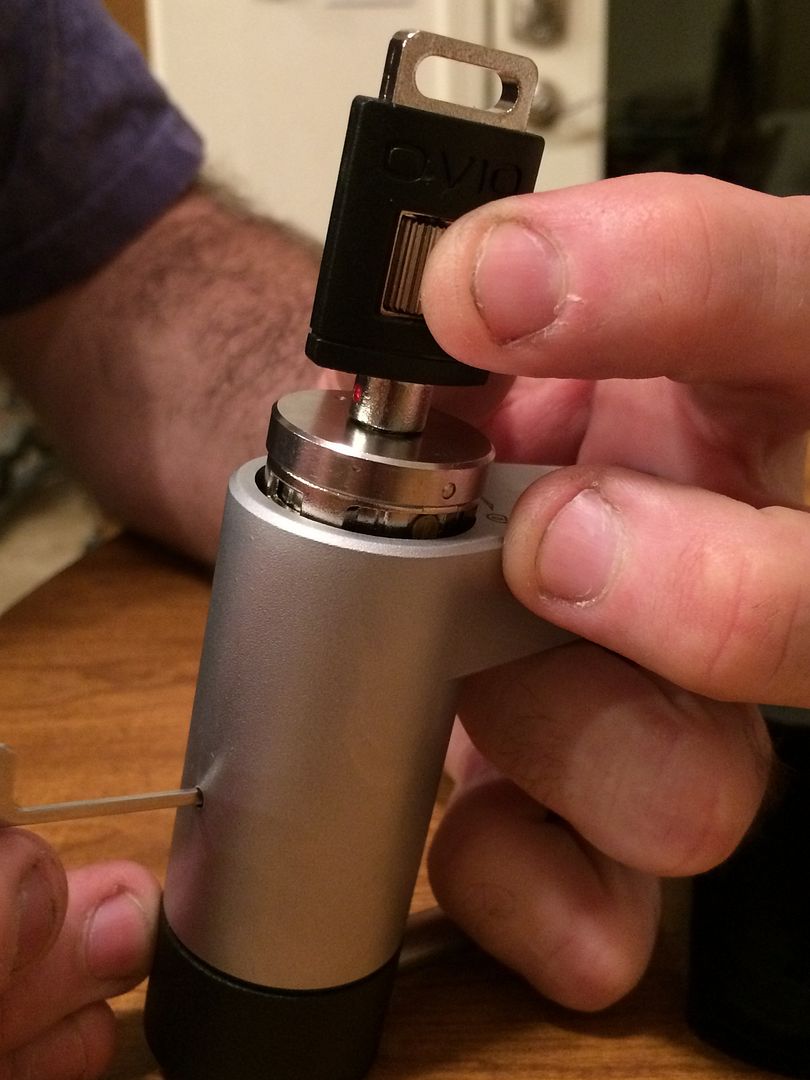
Now you can turn the key back the other way, and put the core back in.
This lock does not self lock. You will need to use the key to engage or disengage the locking mechanism. Turn the key clockwise to unlock, and you can remove the key by turning it back to center. To lock it, close the shackle and turn the key counter-clockwise, then turn the key back to center to remove the key.
Hope this helps you play around with this lock!
Gordon






